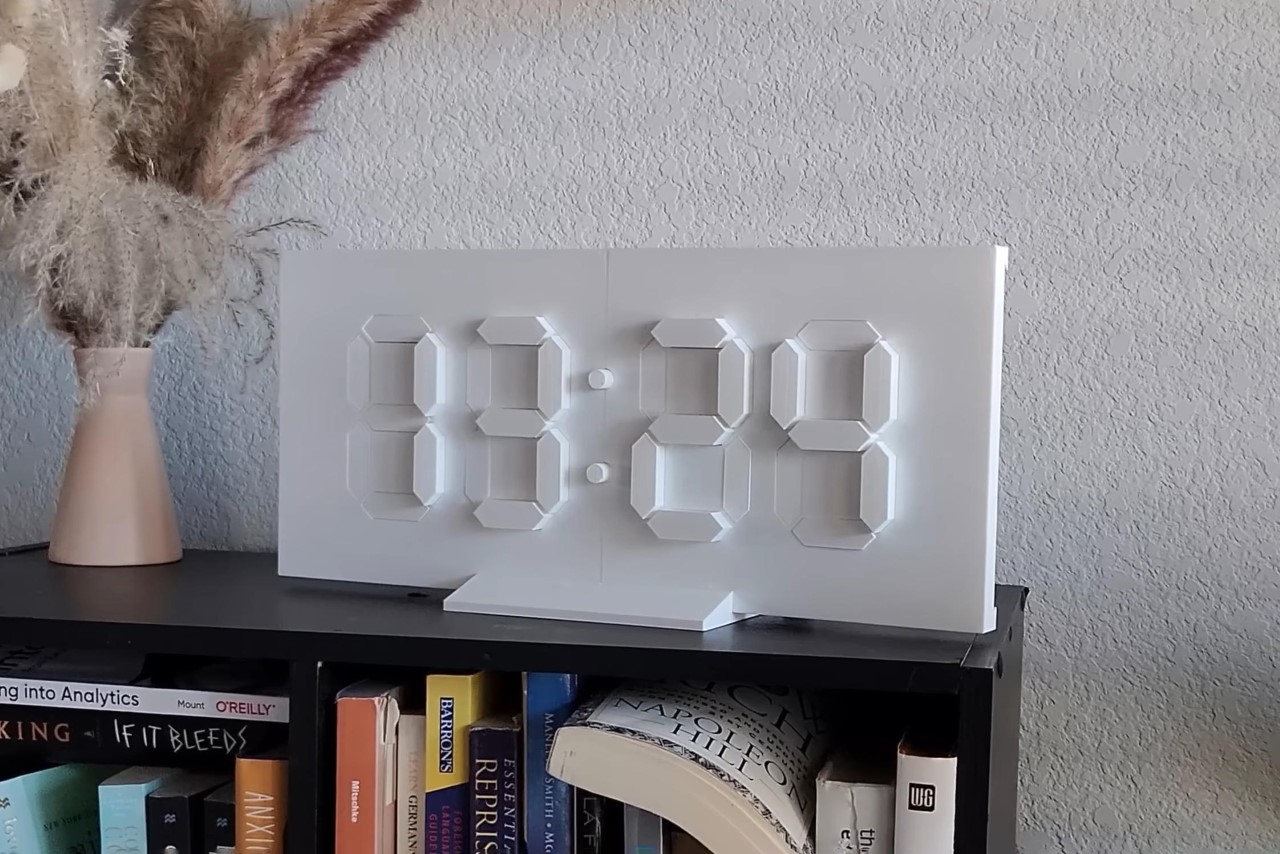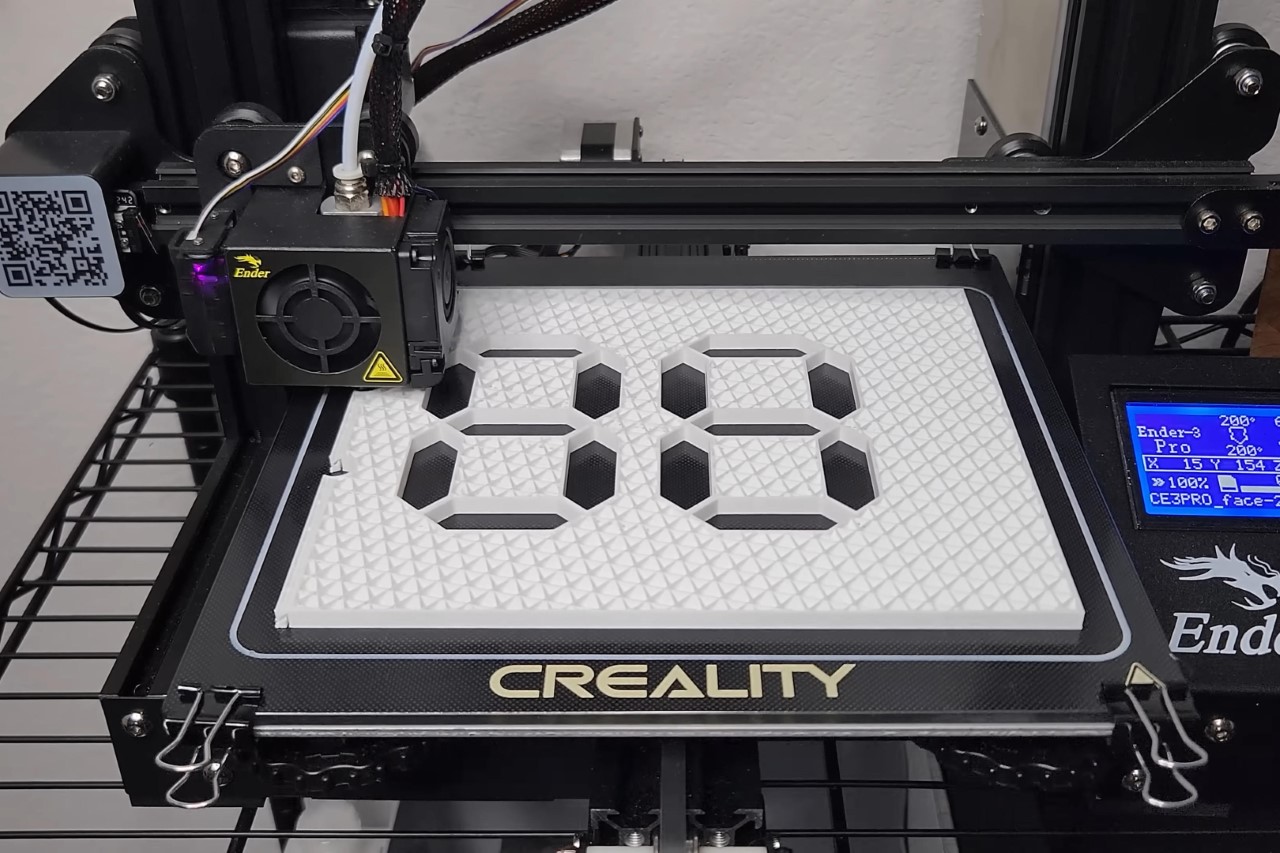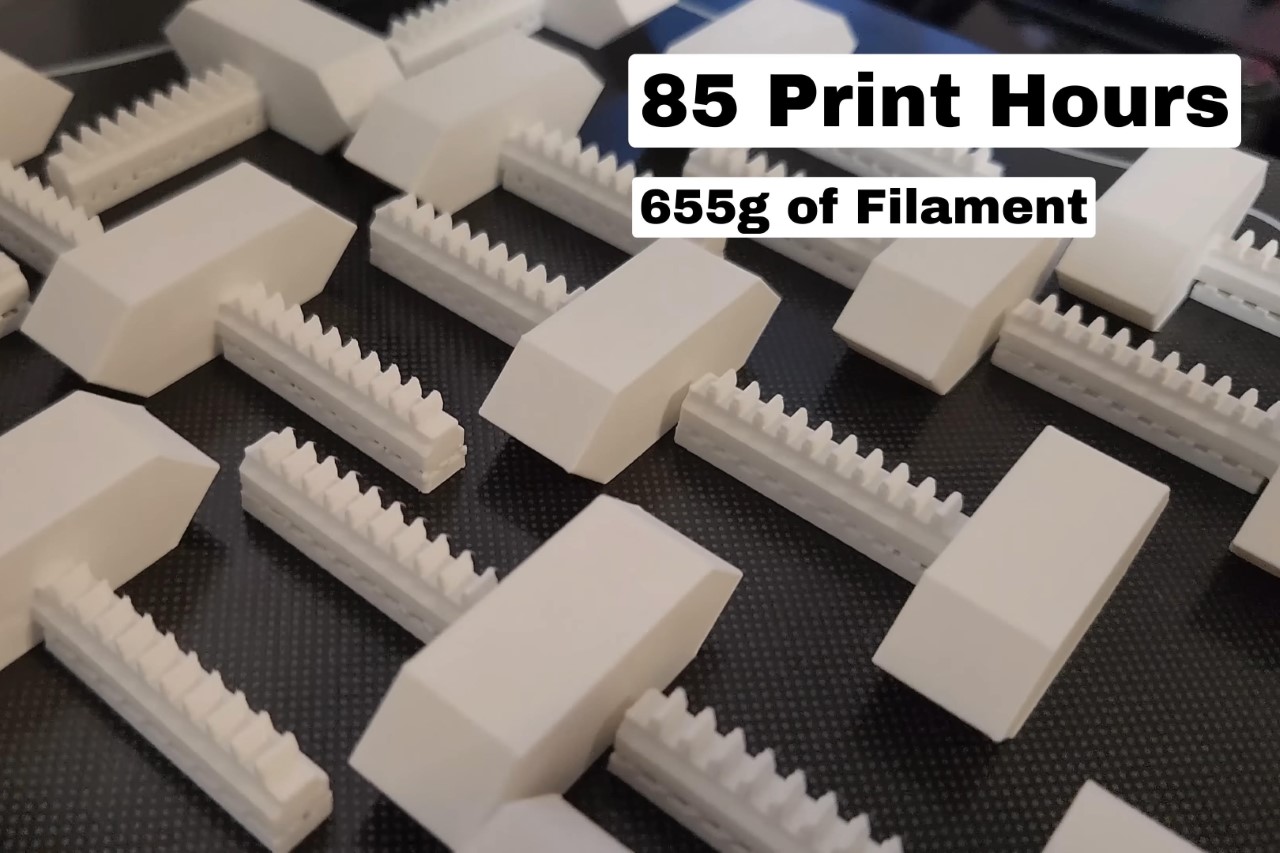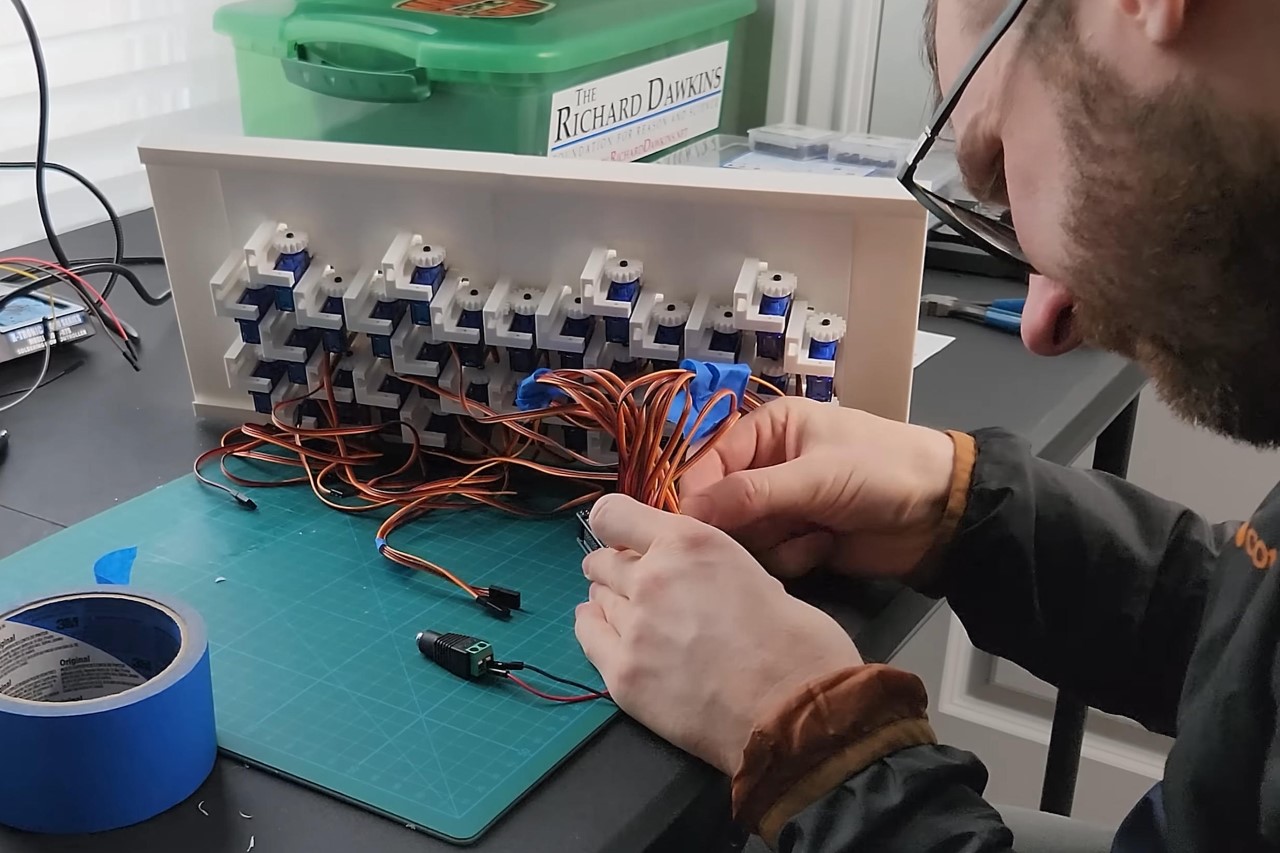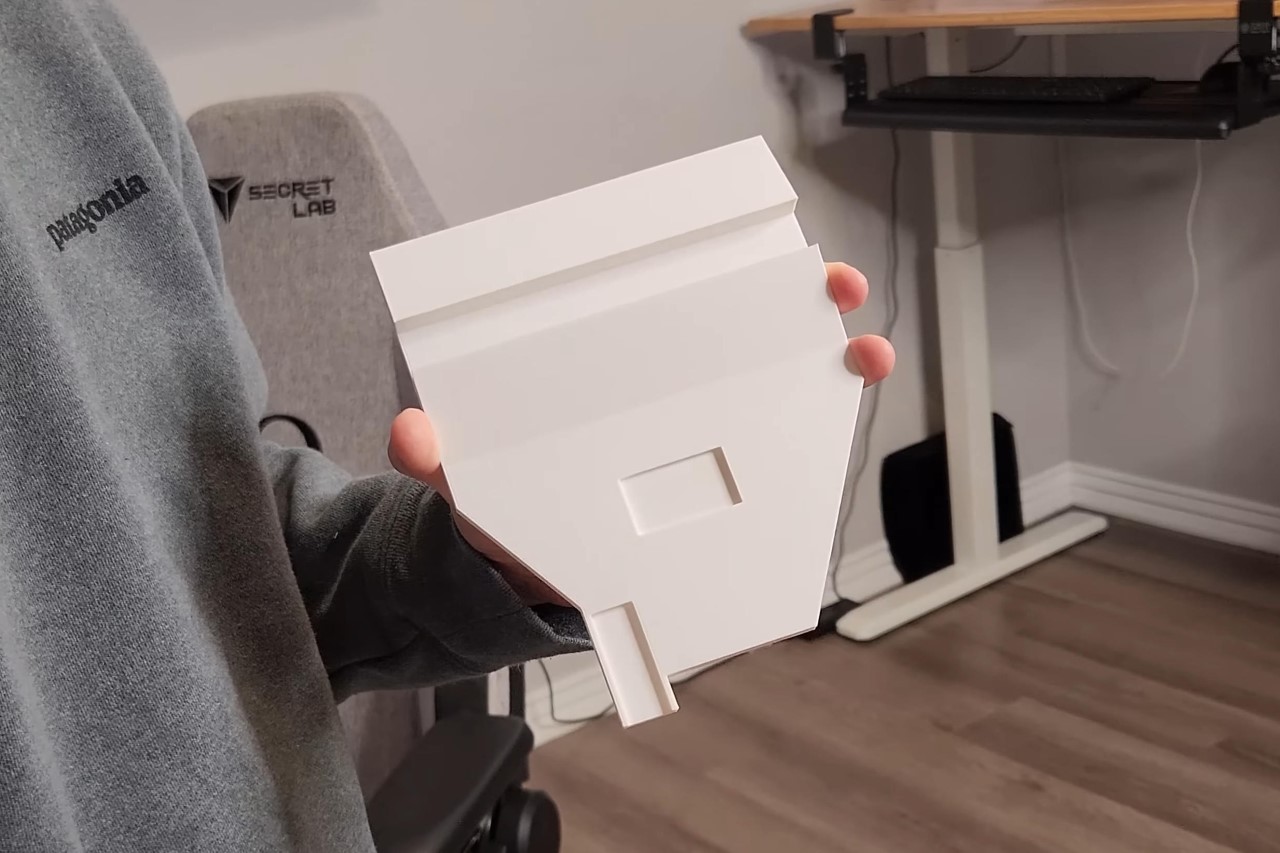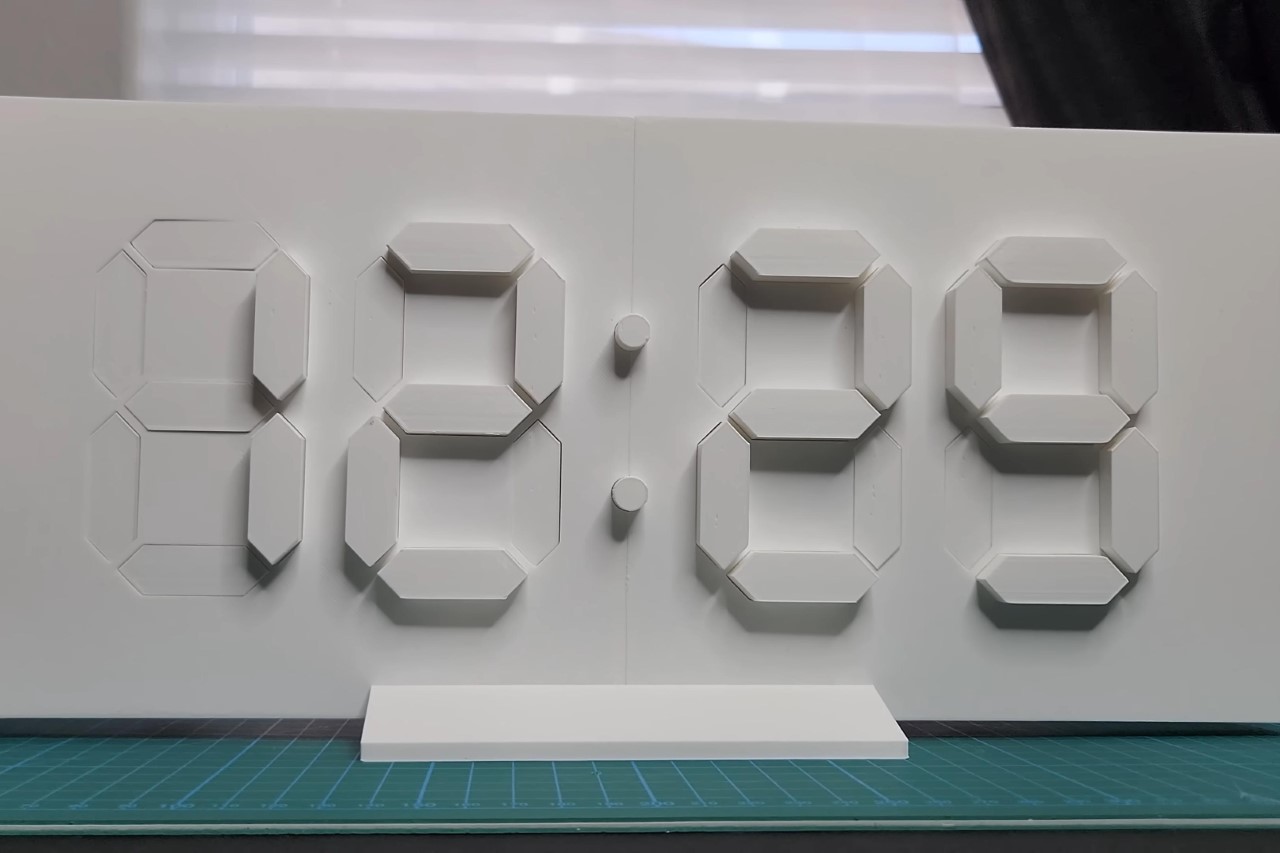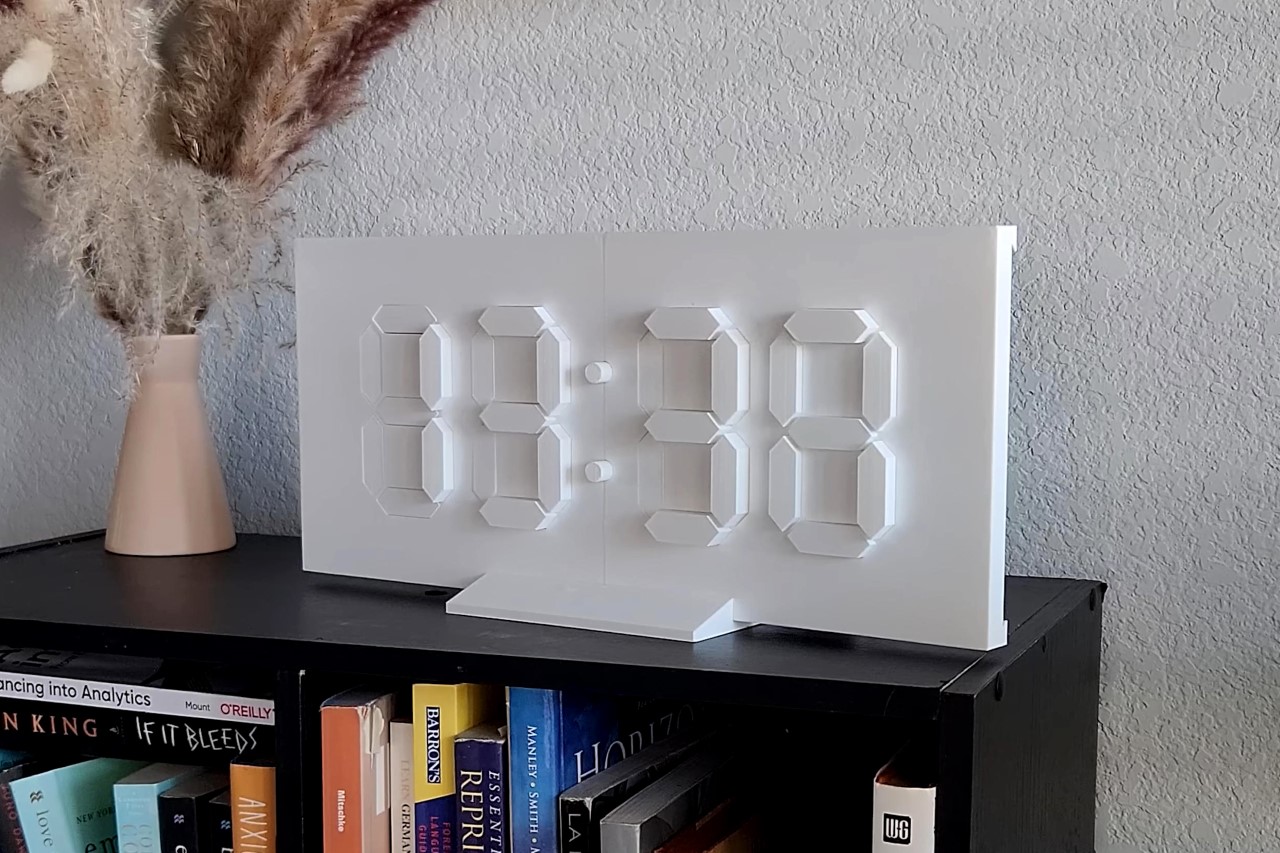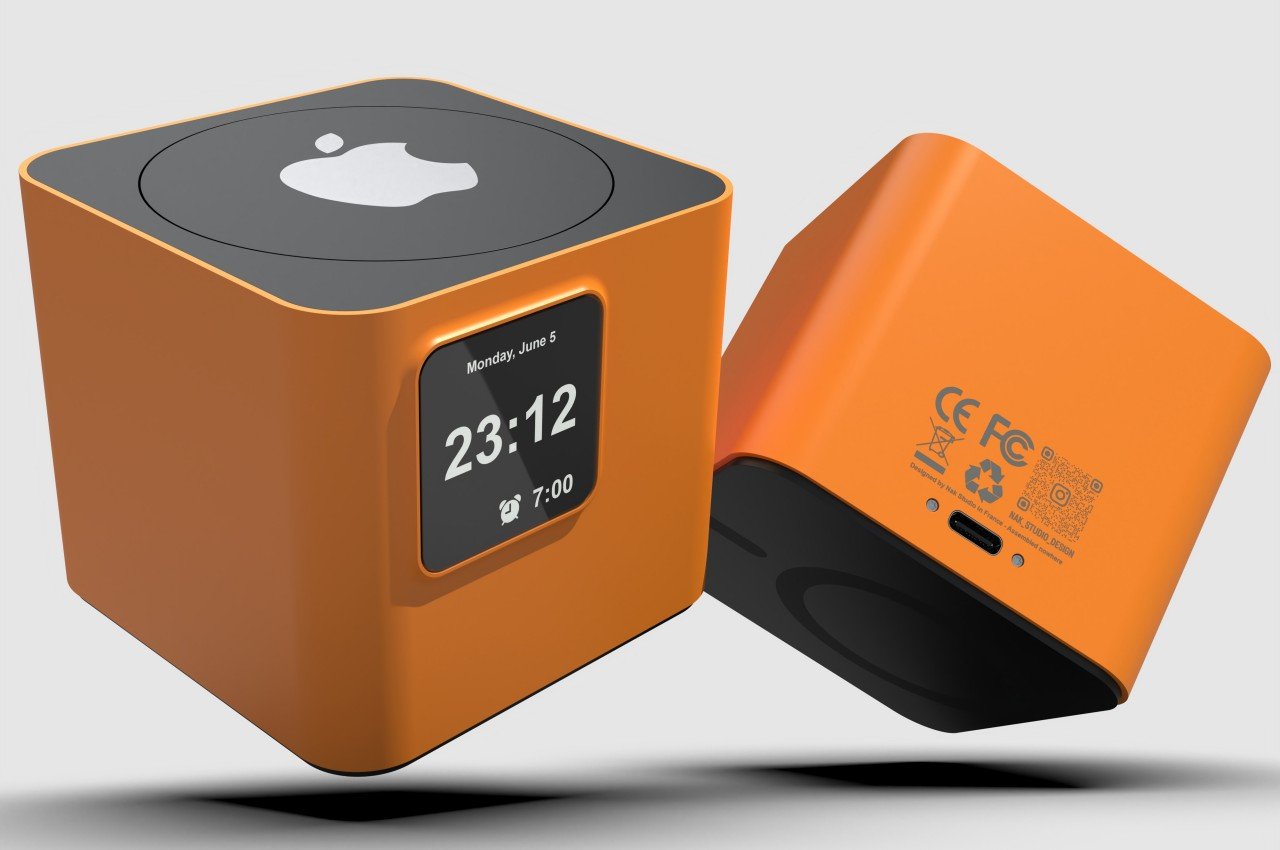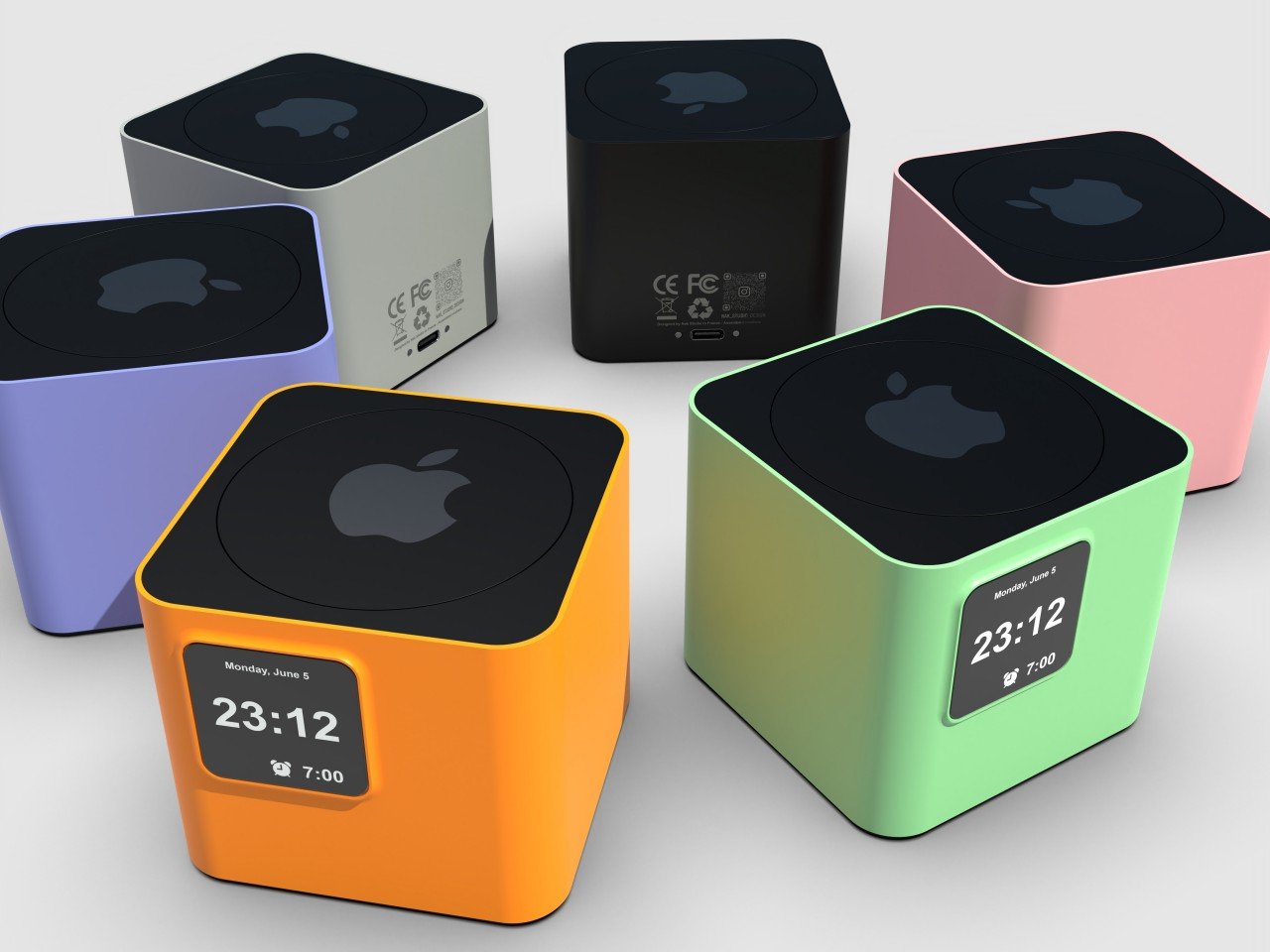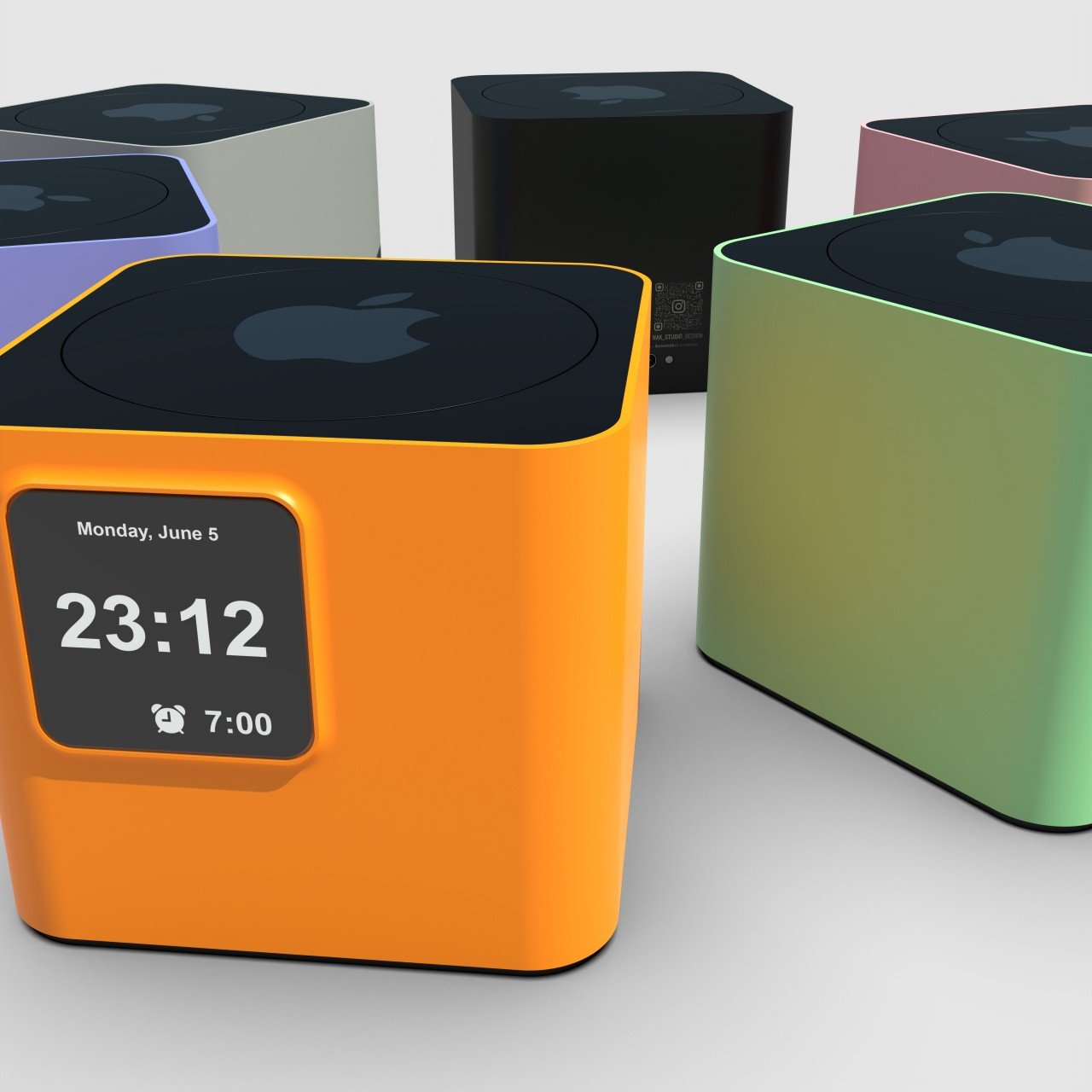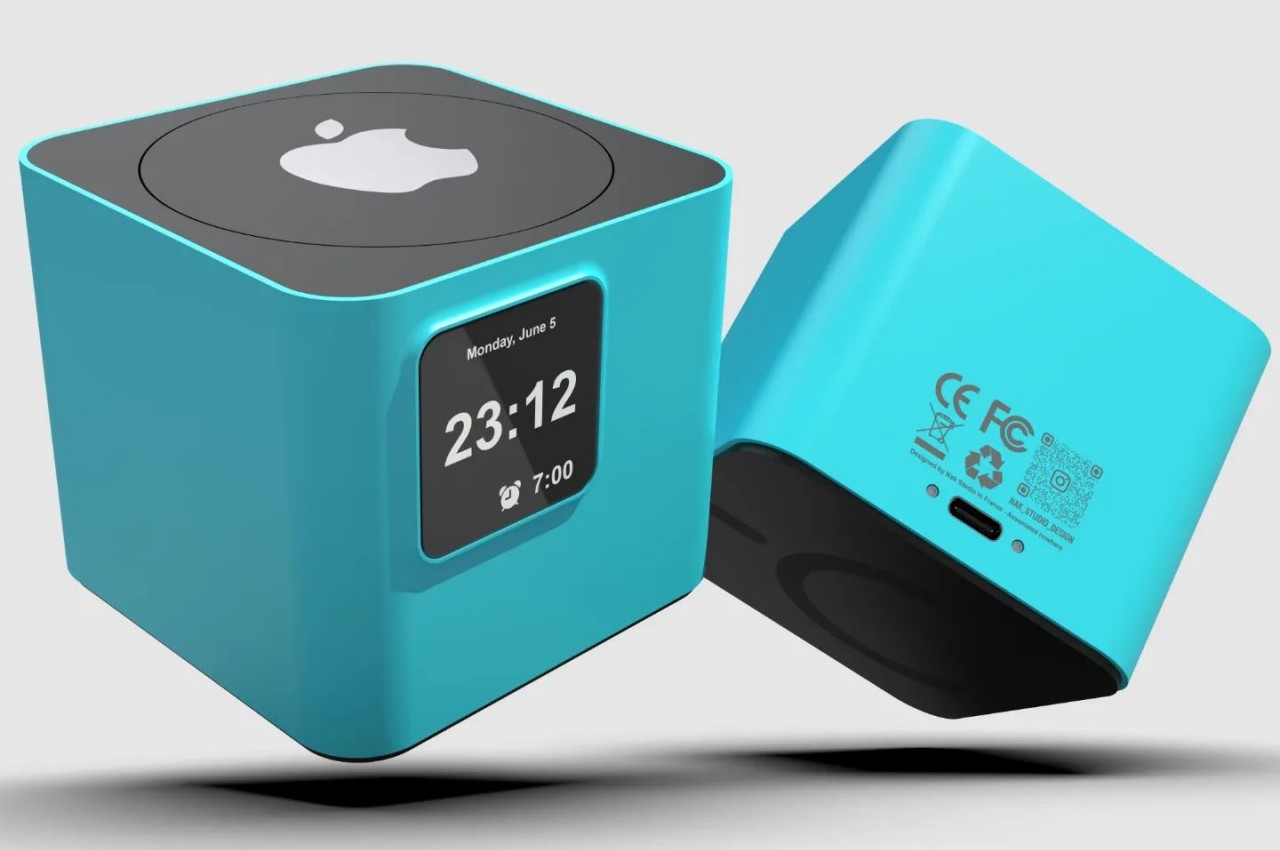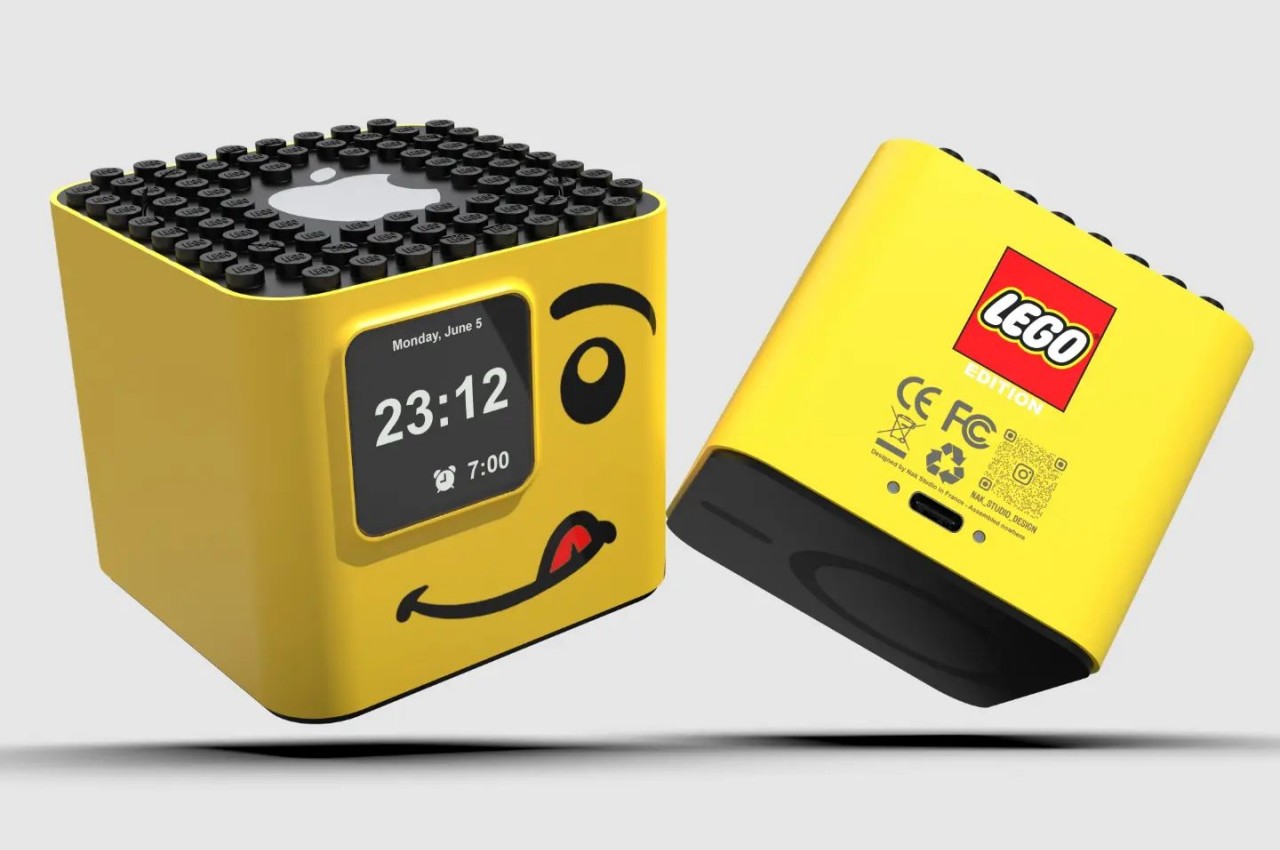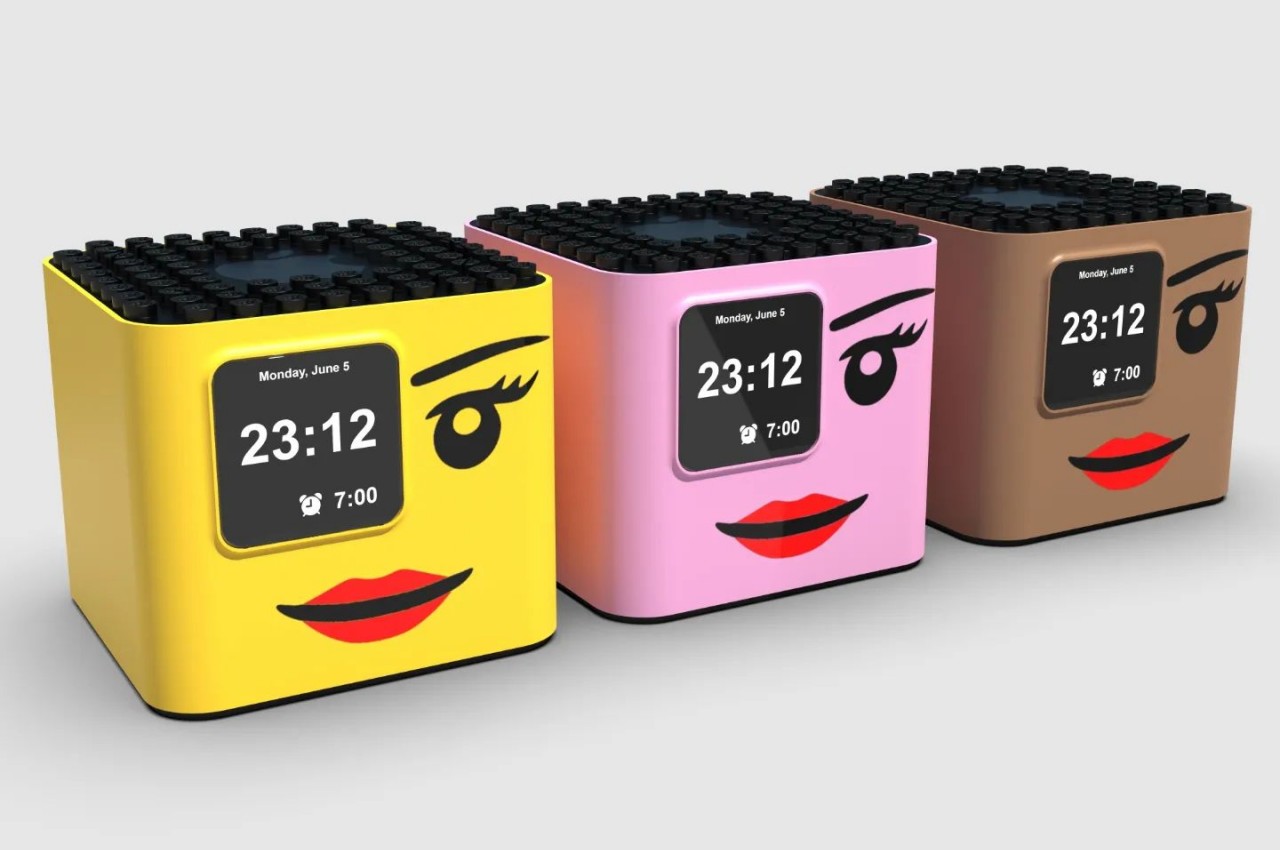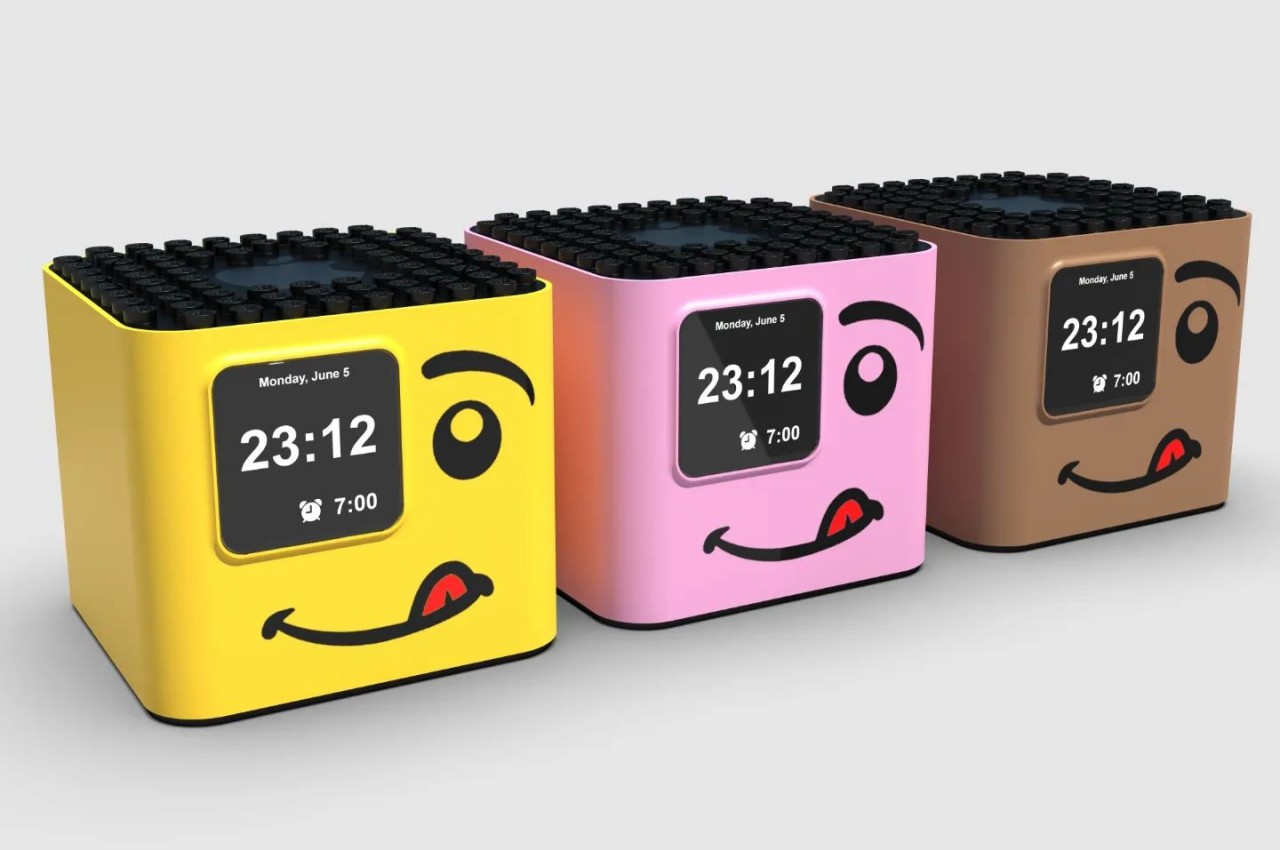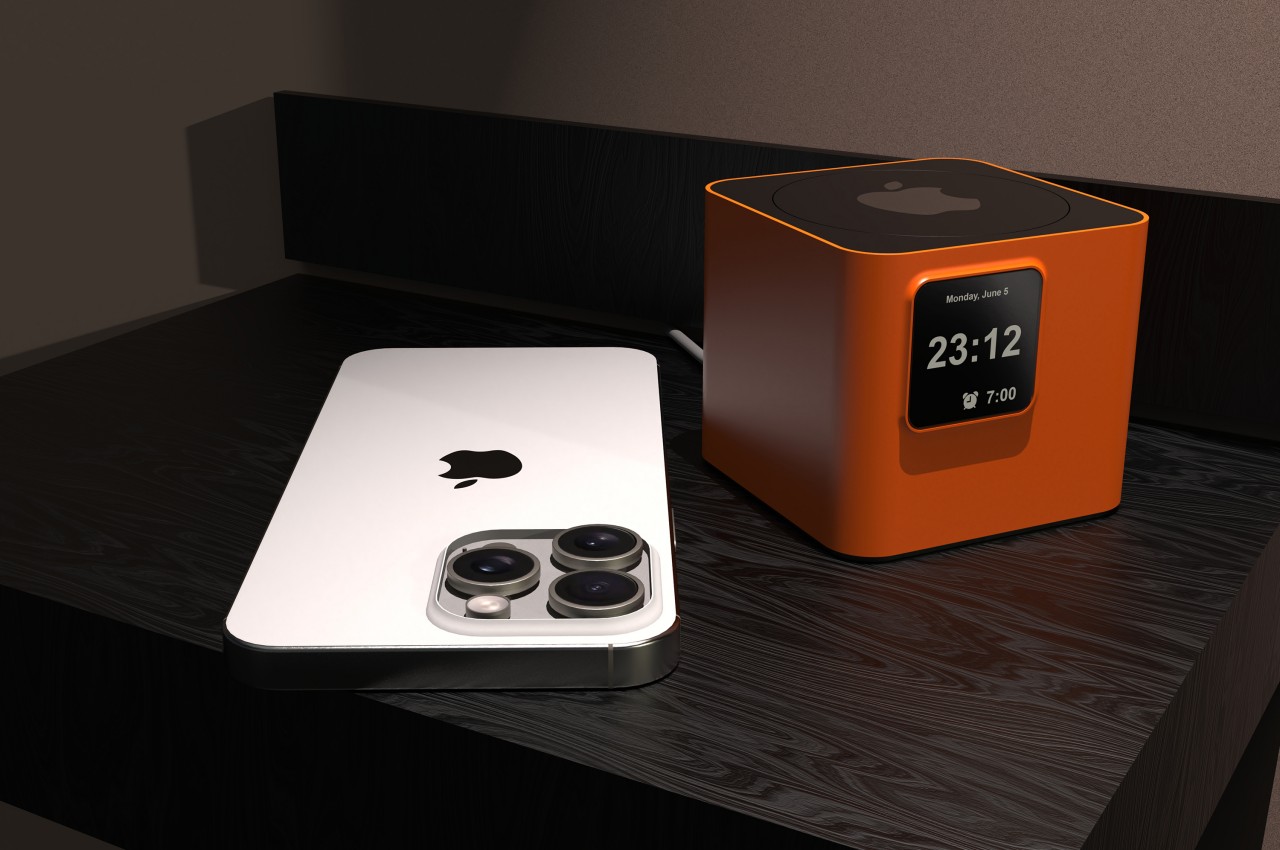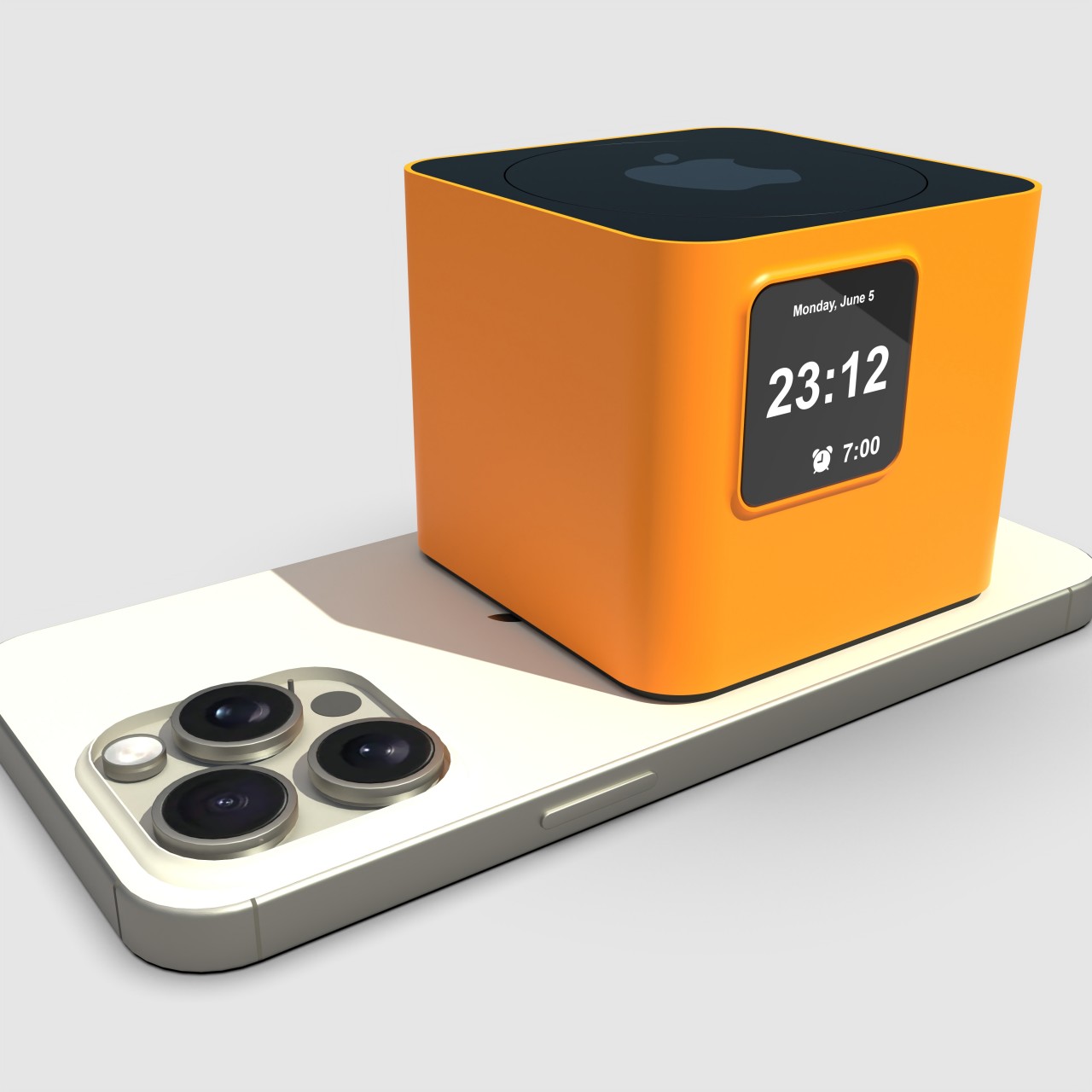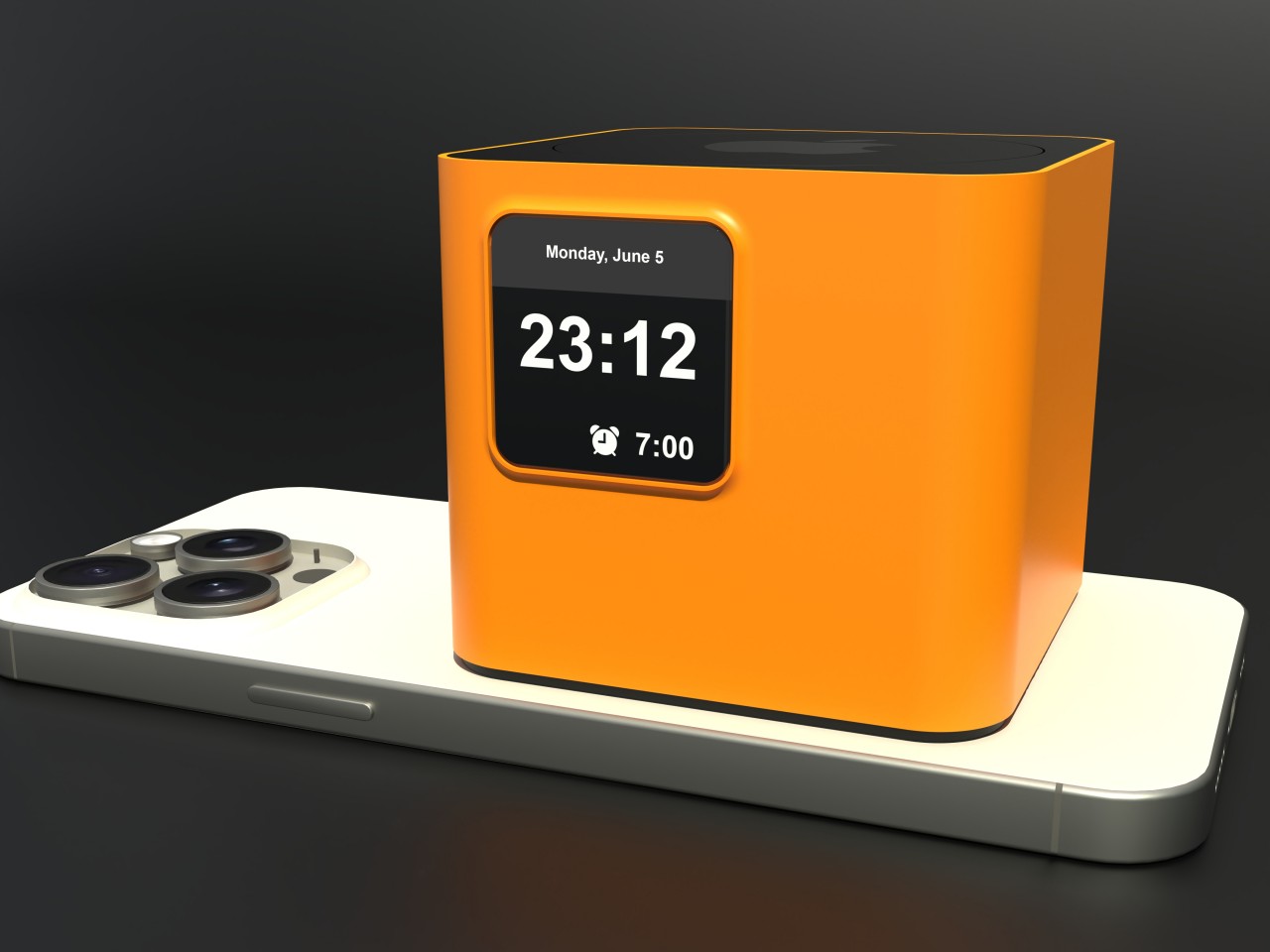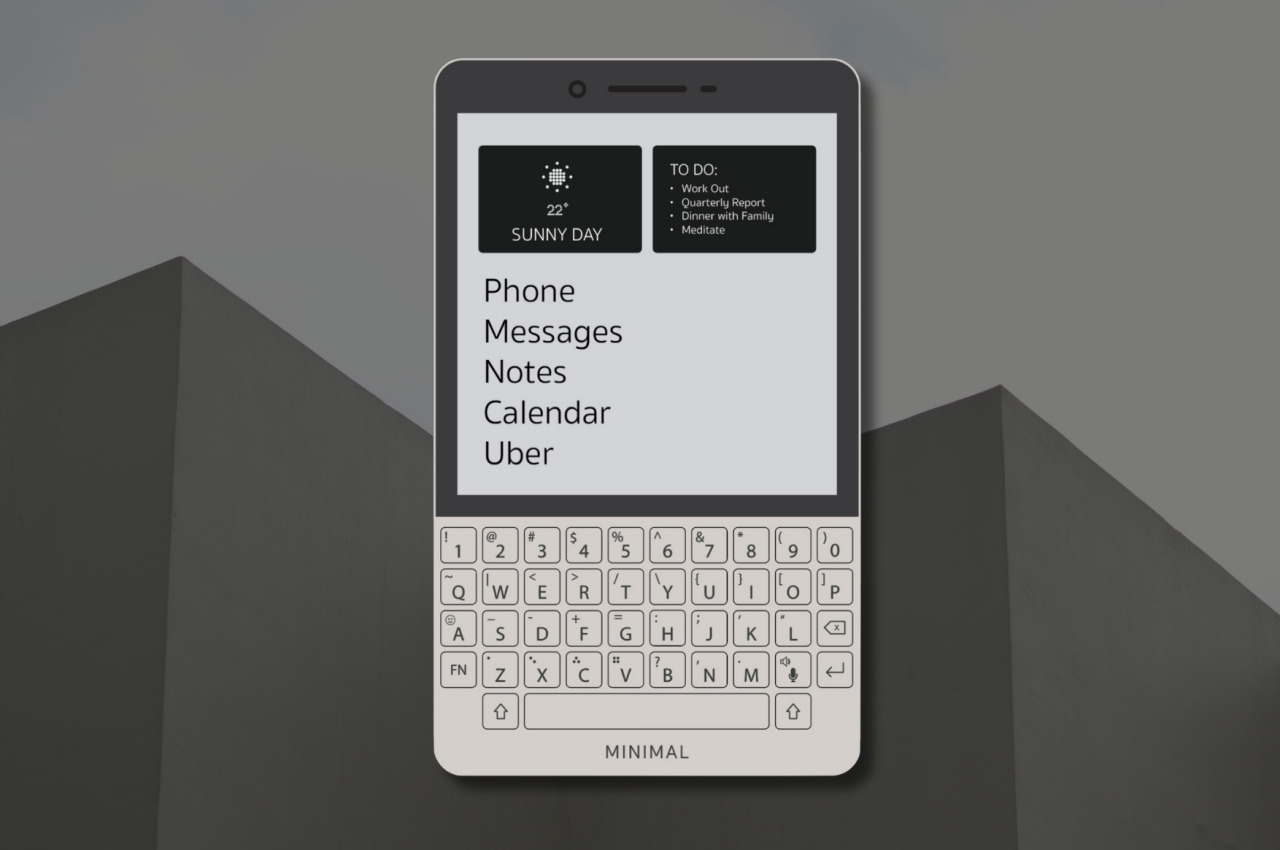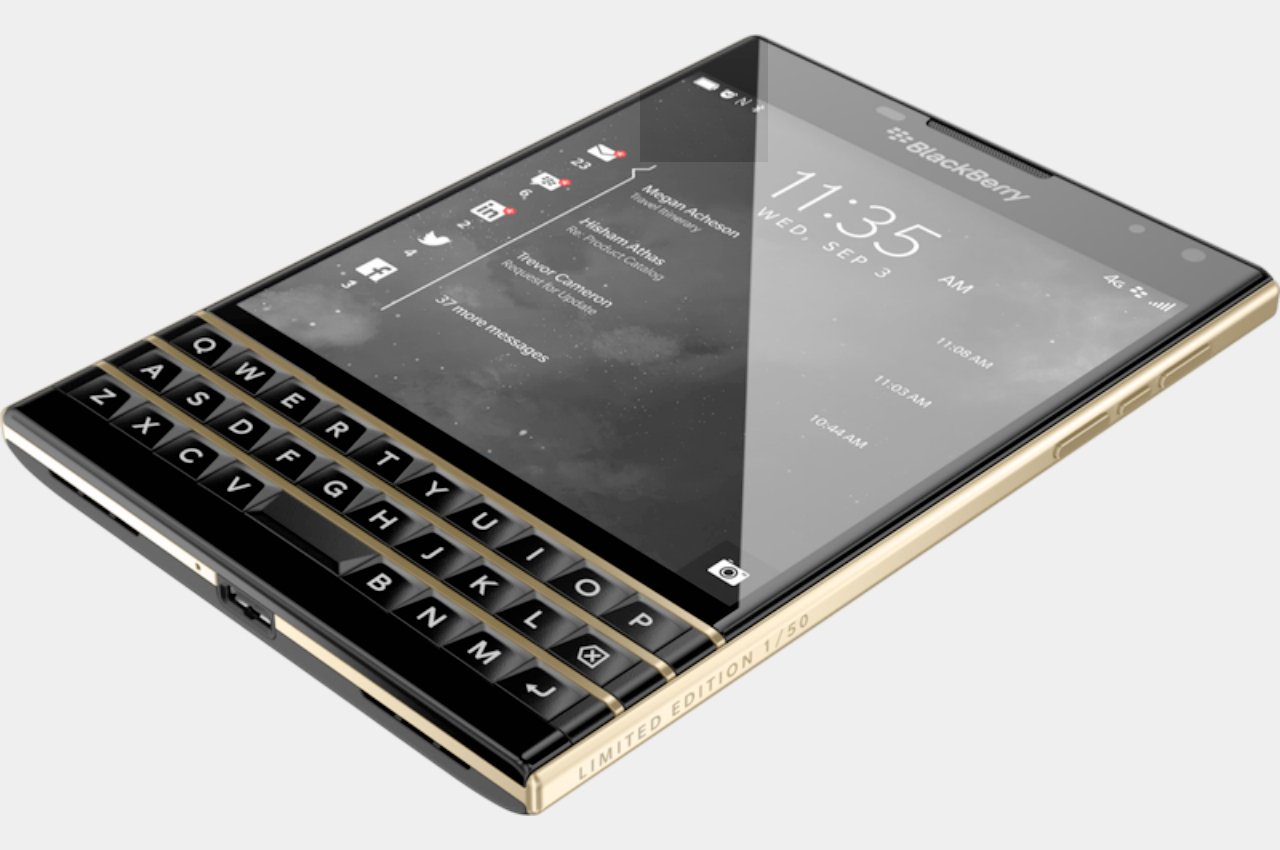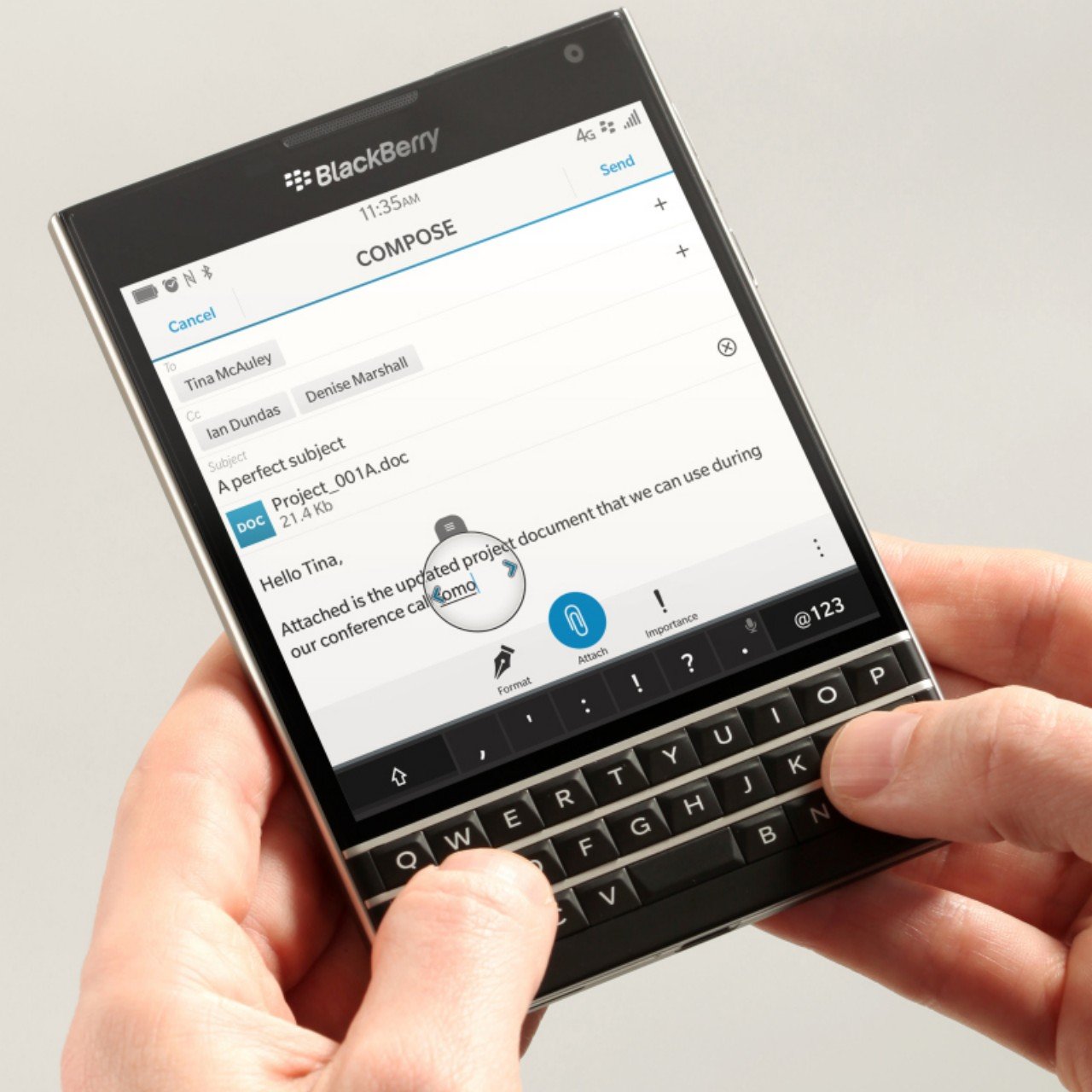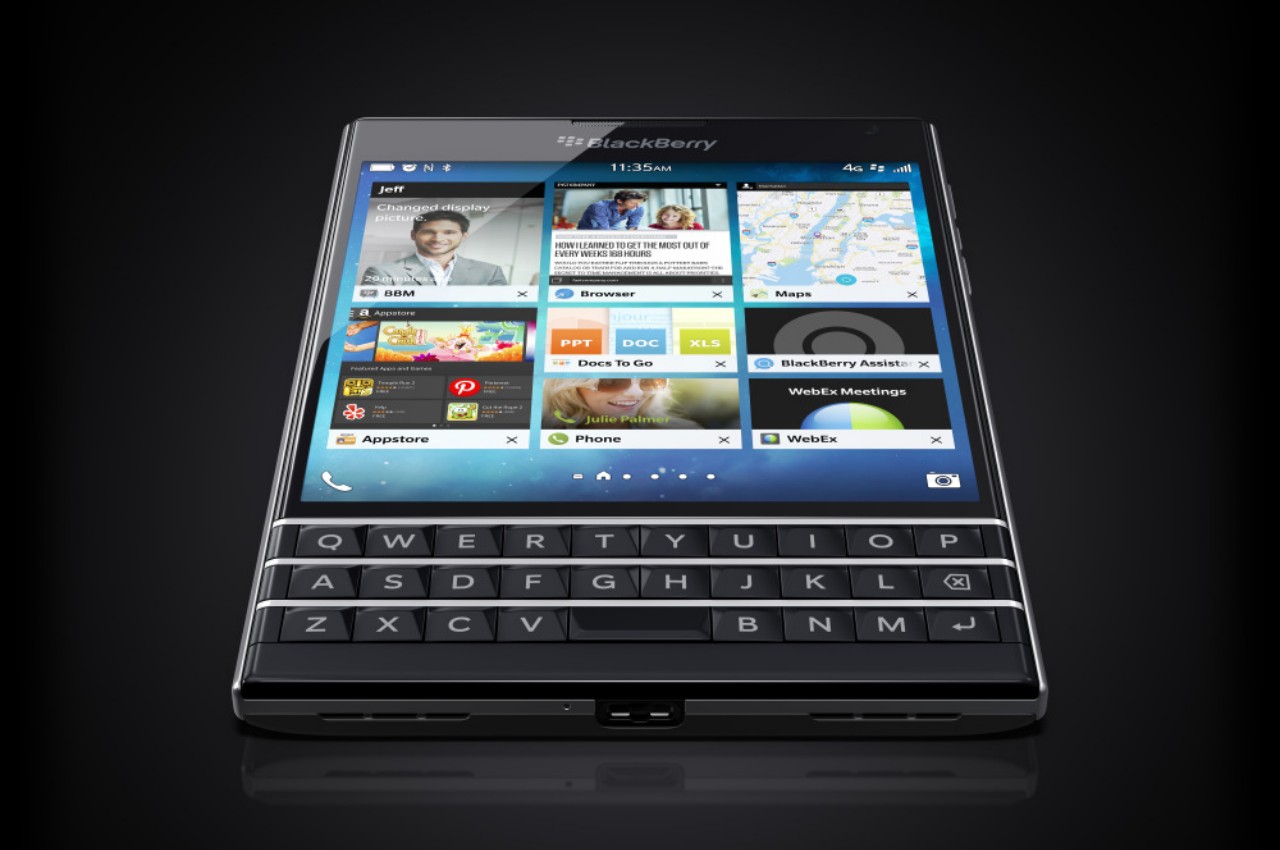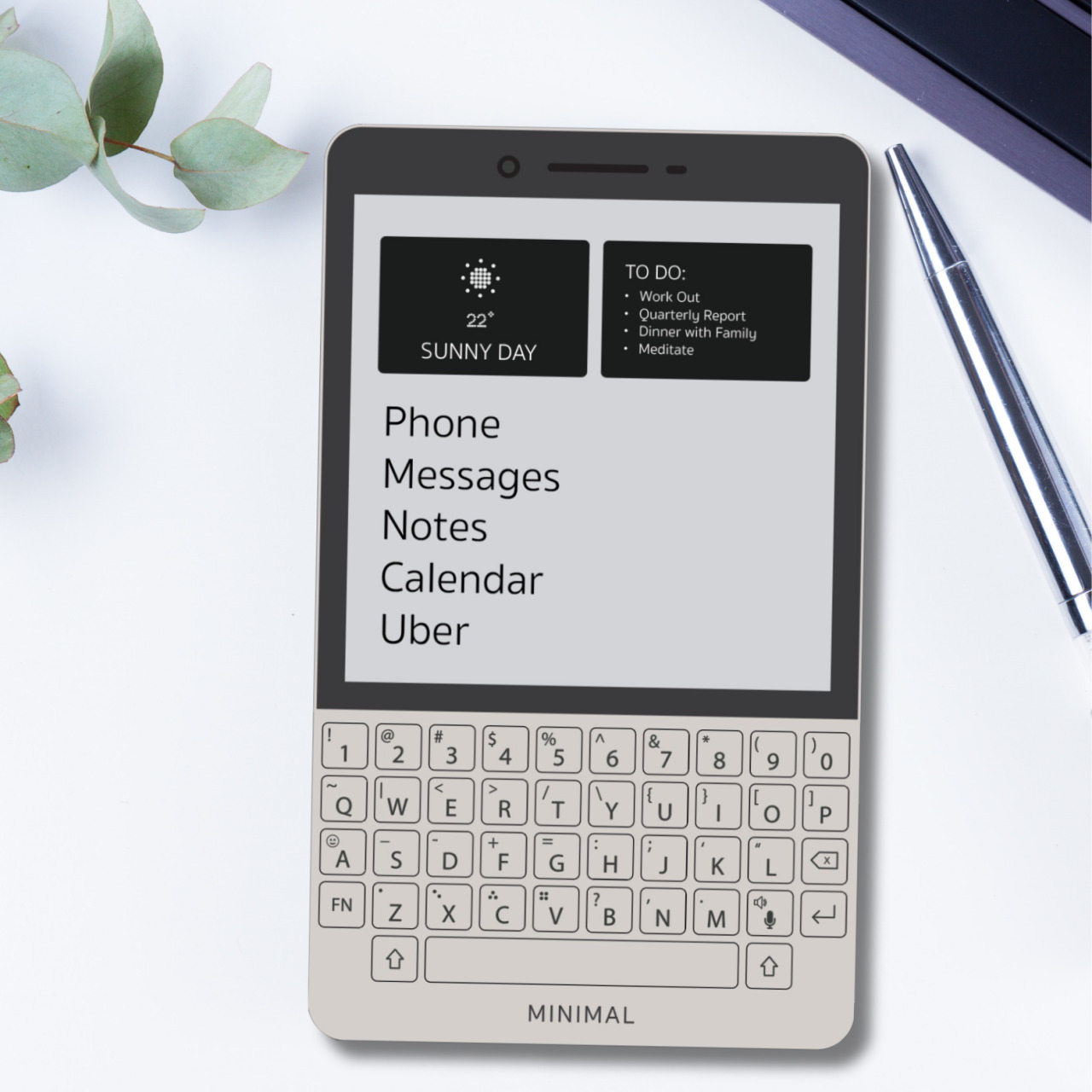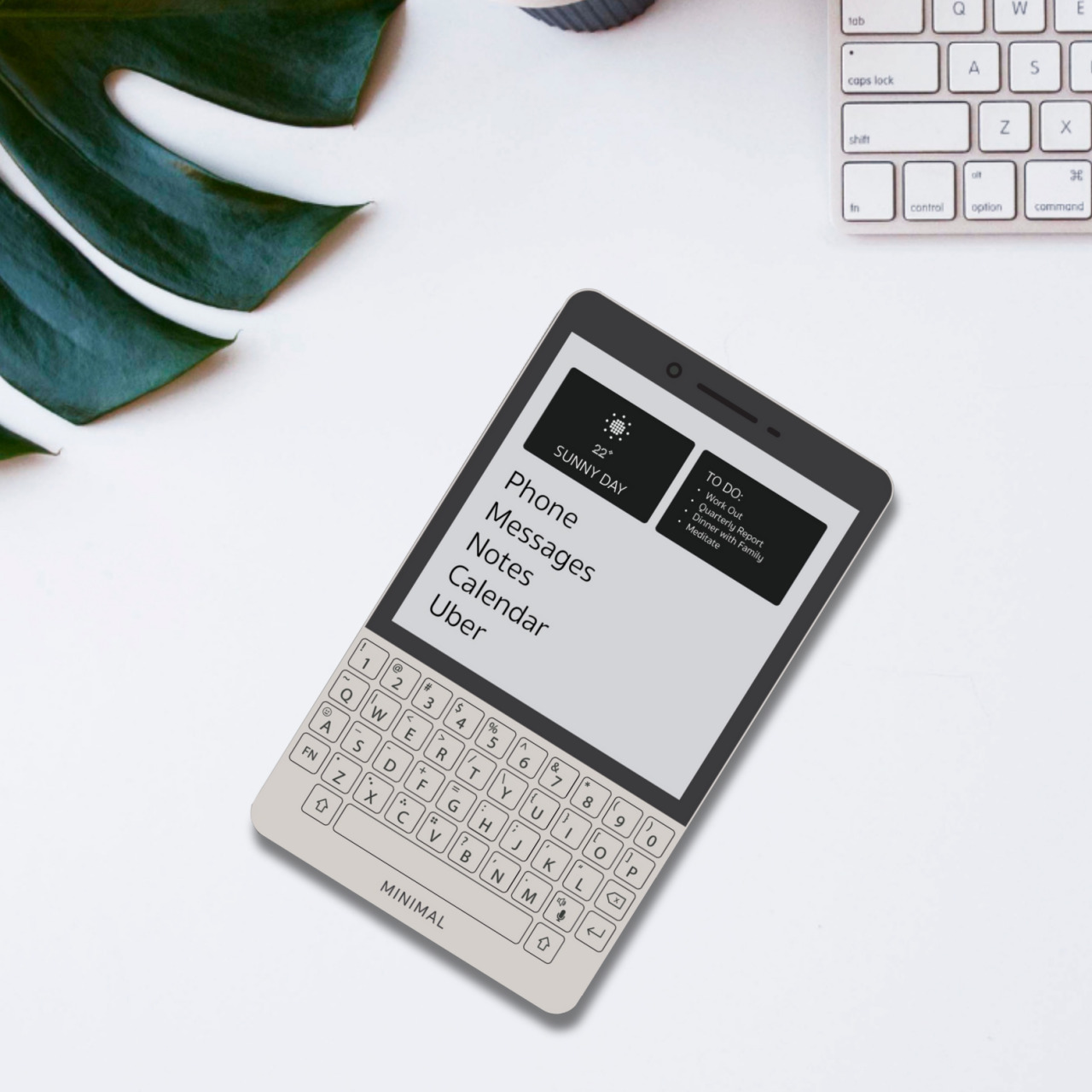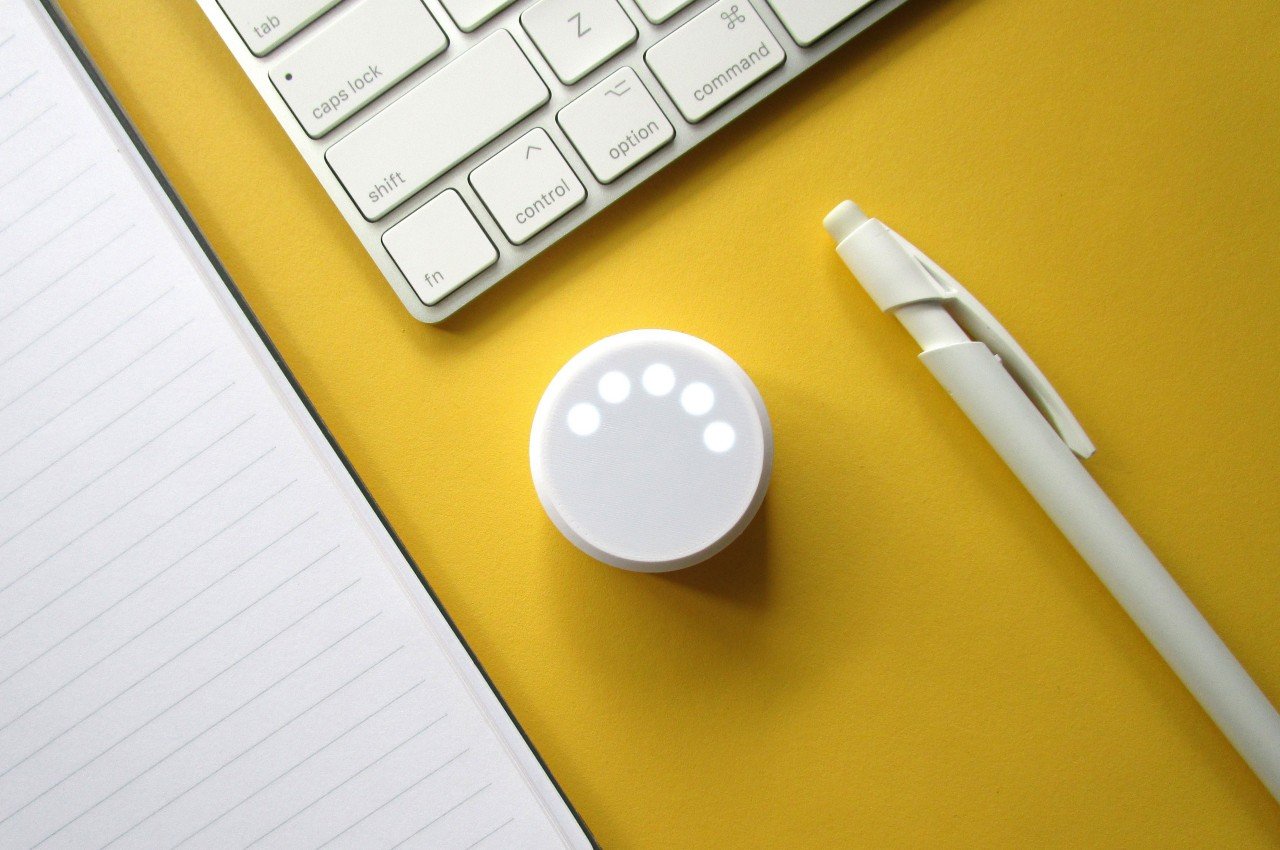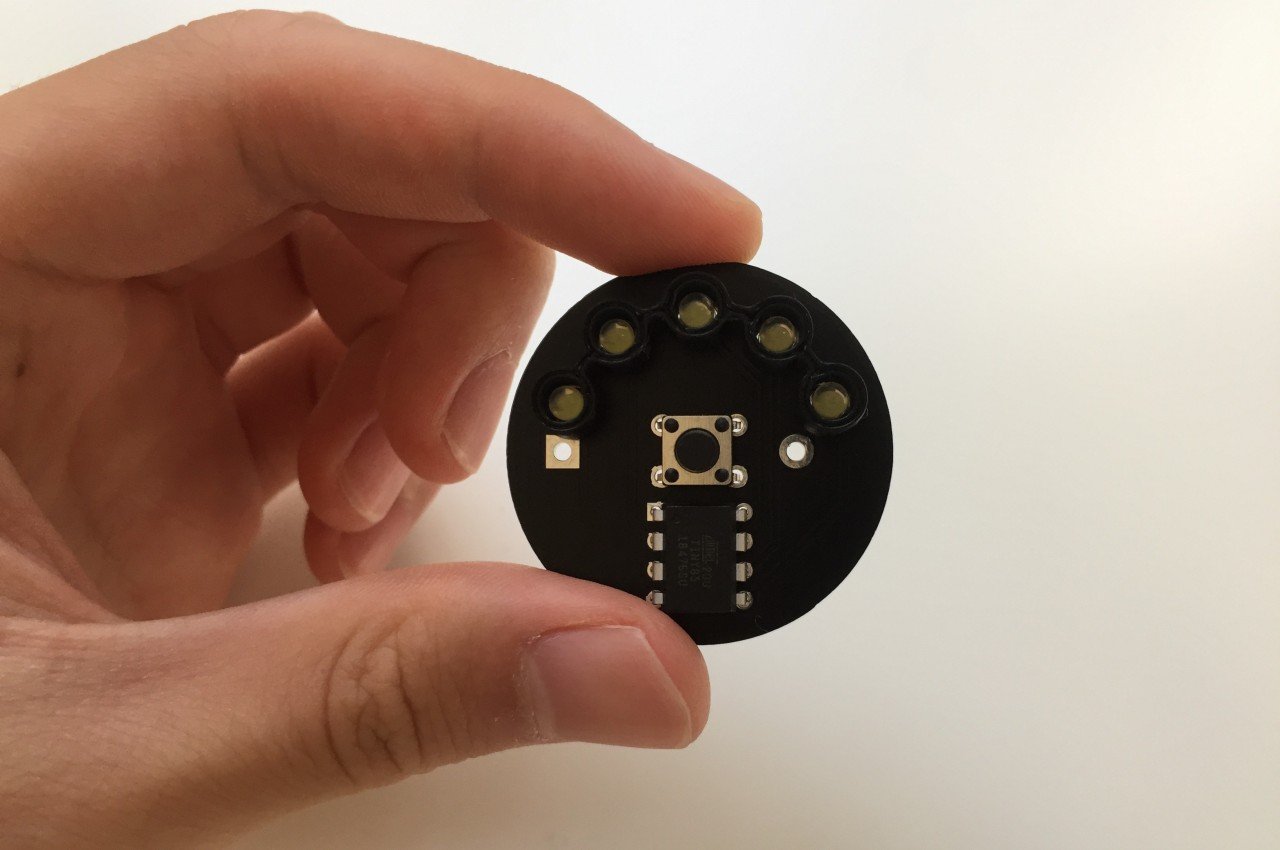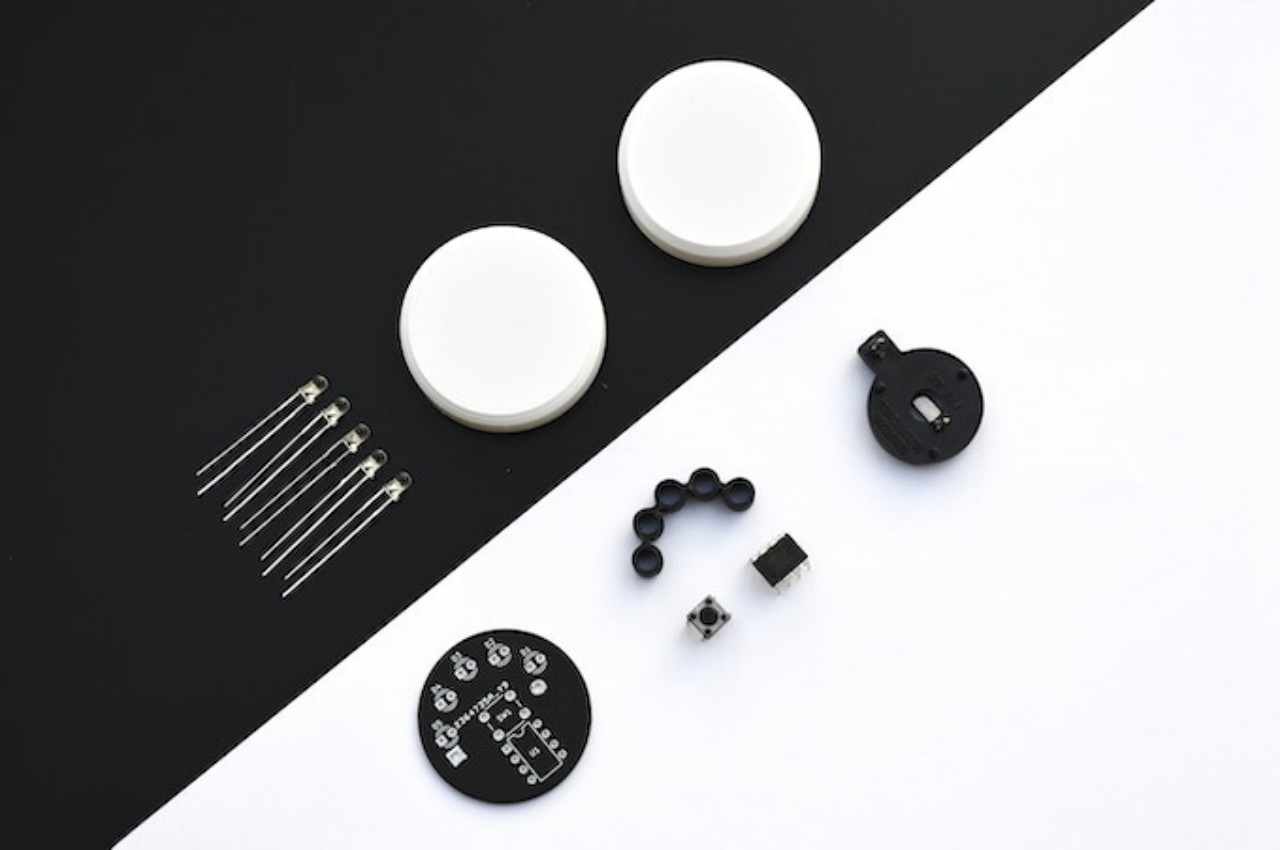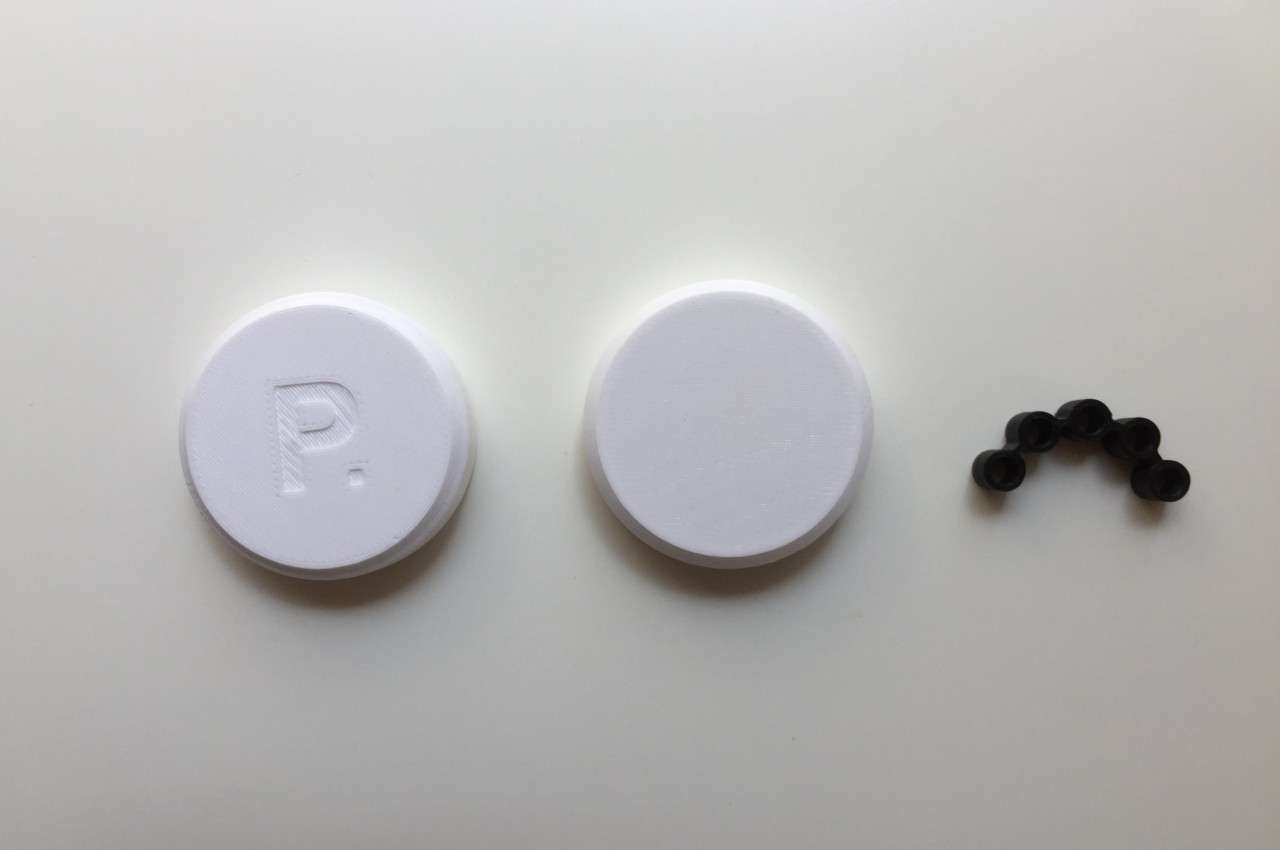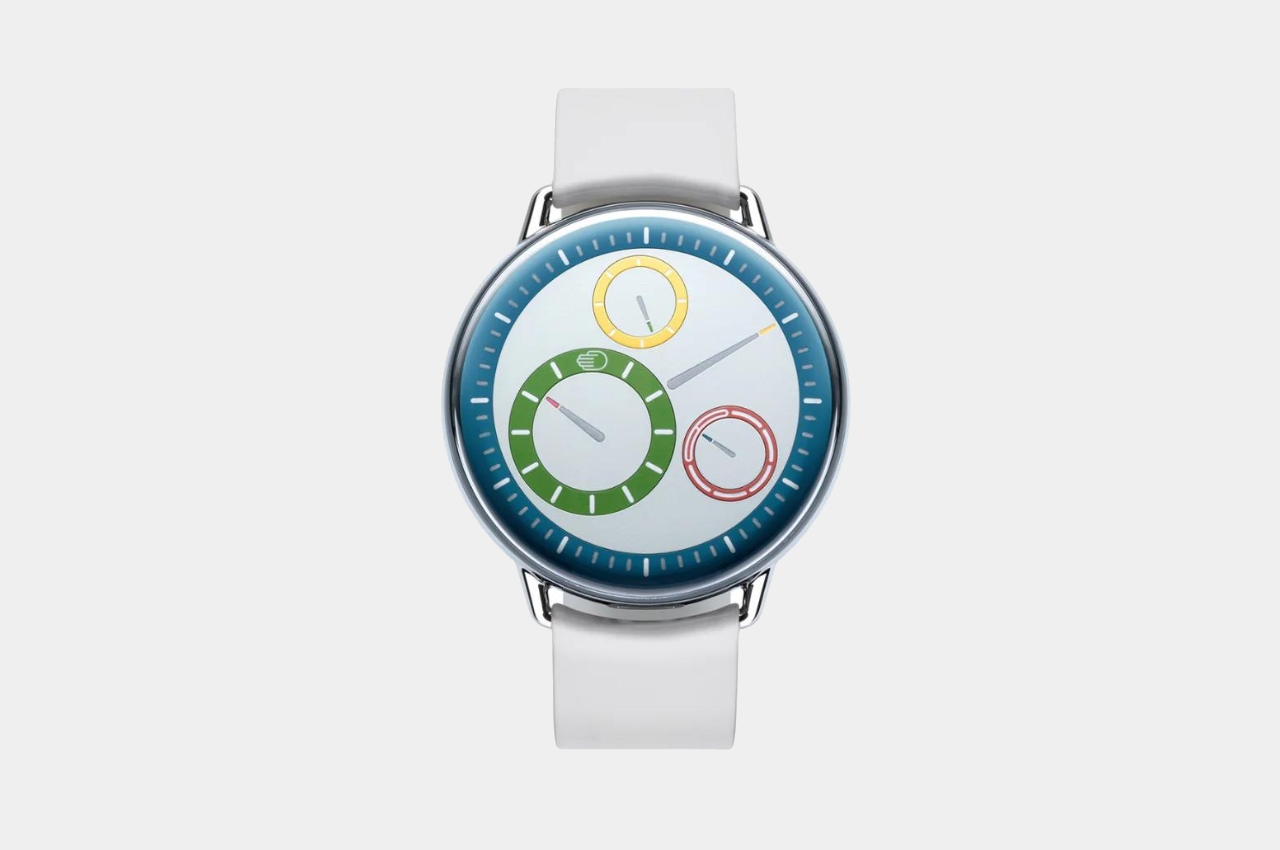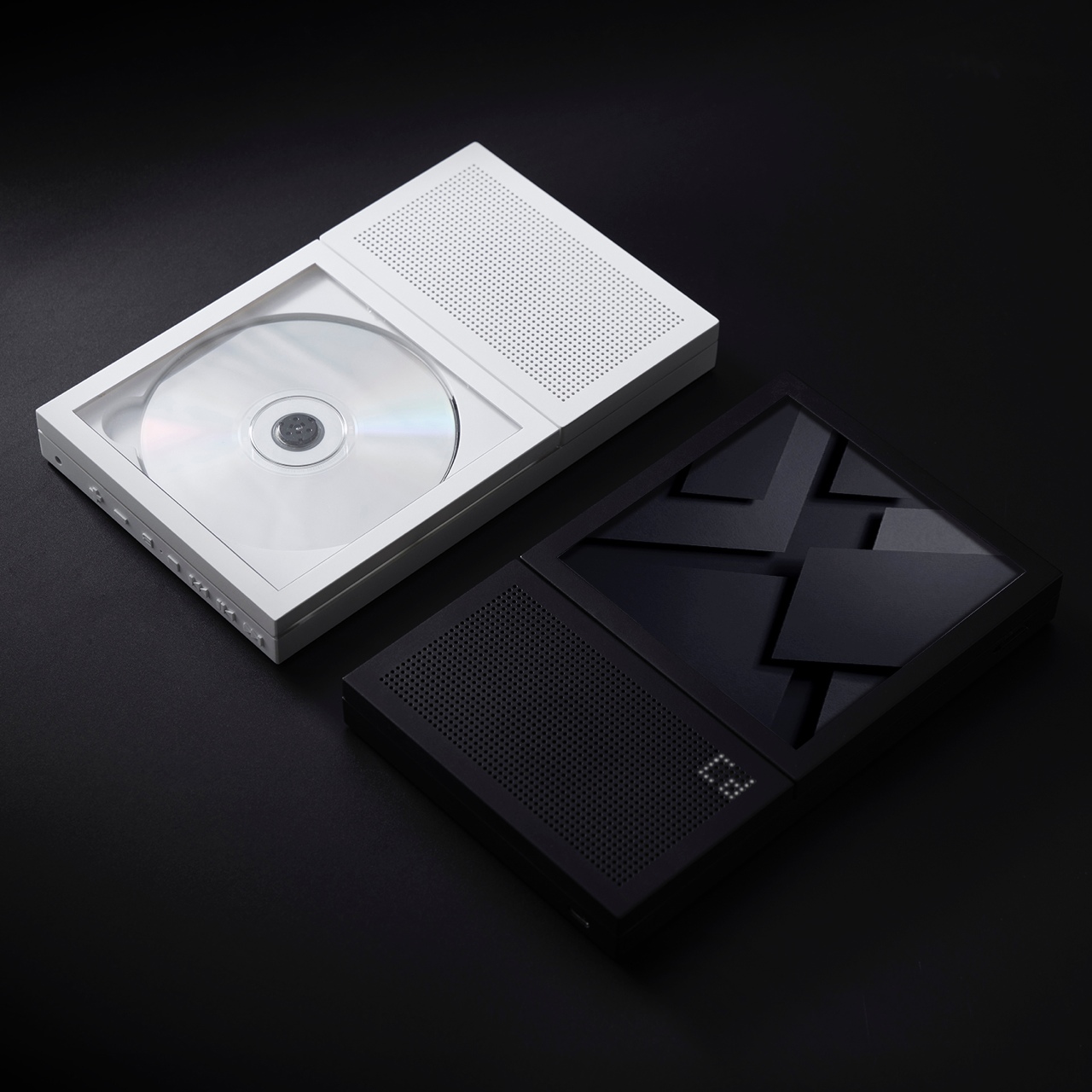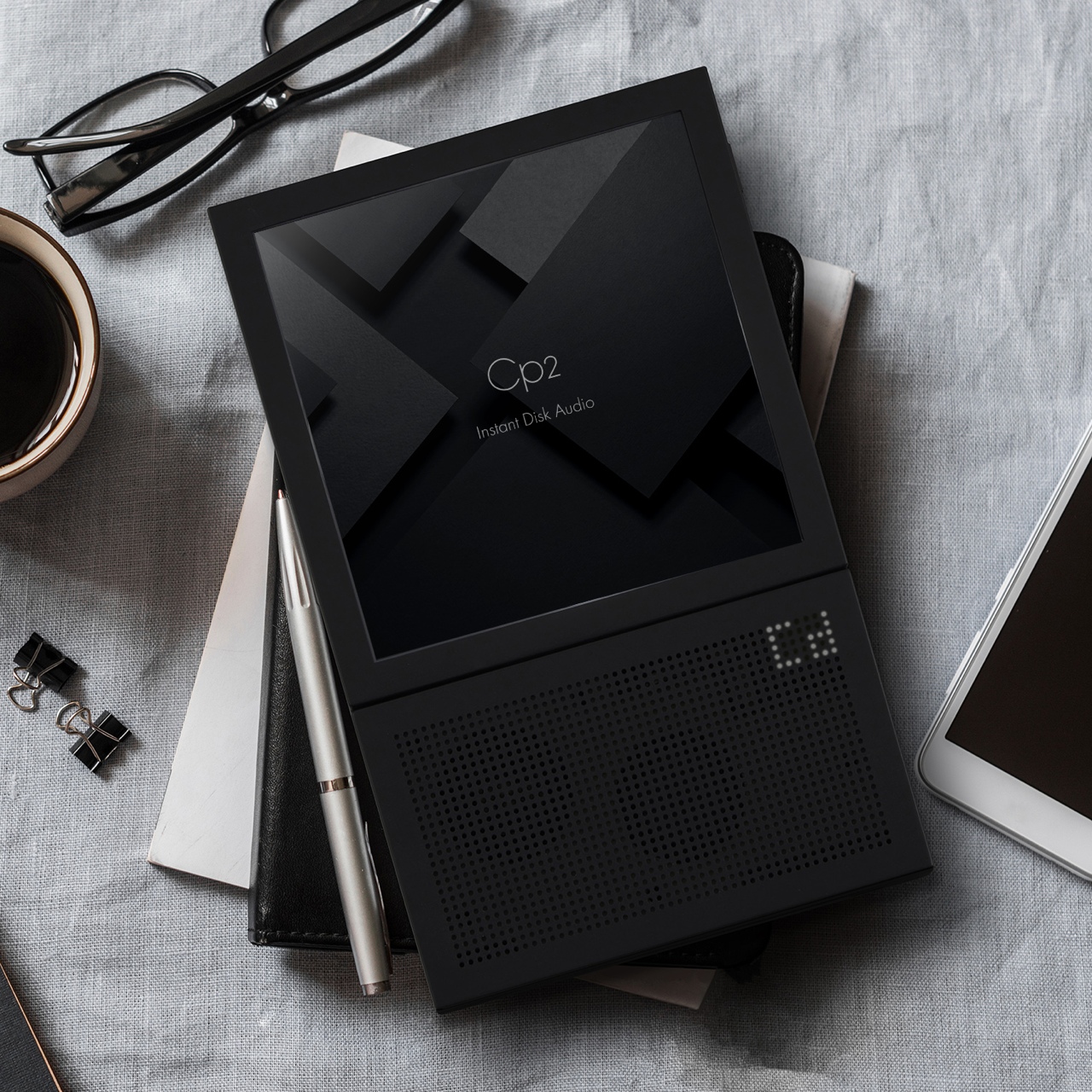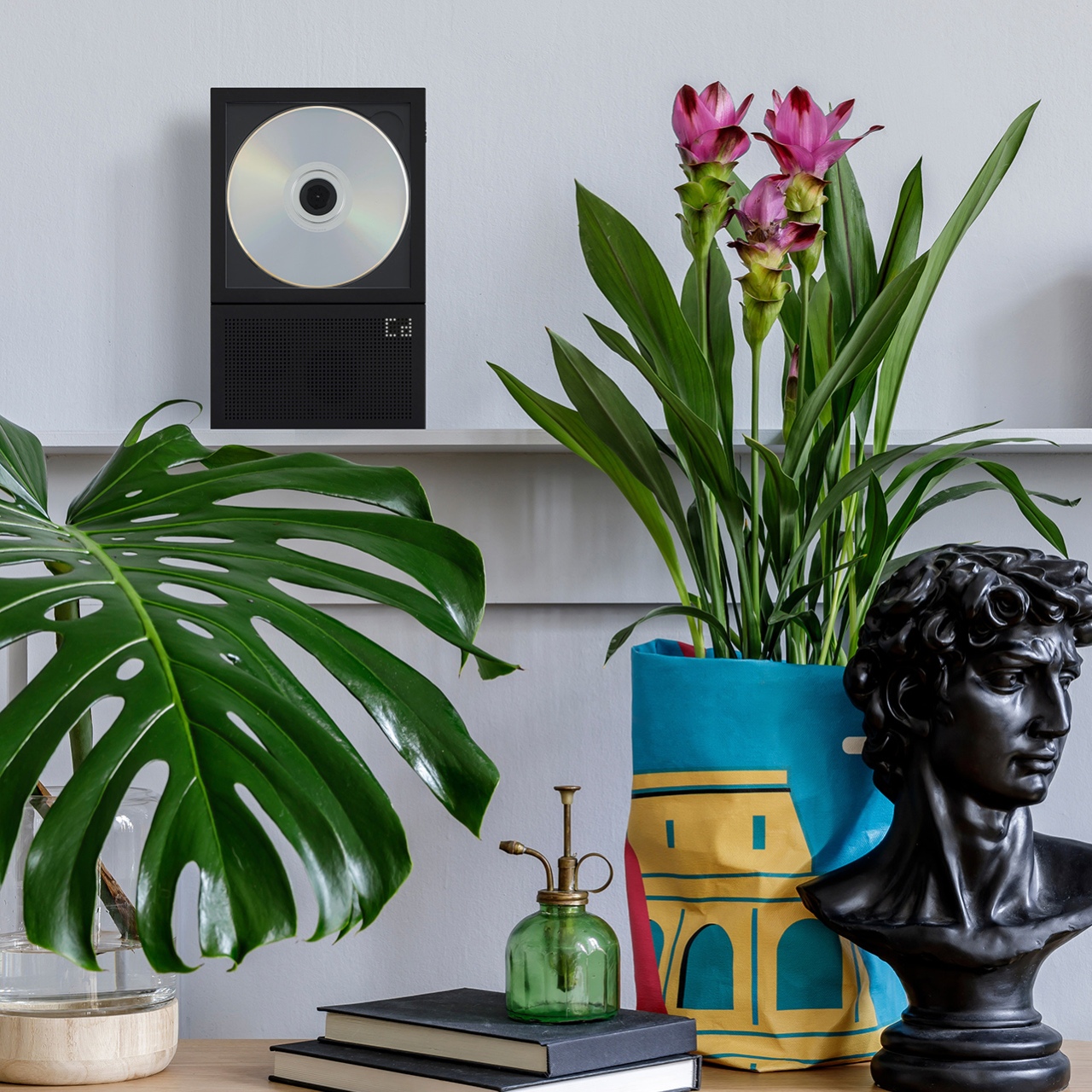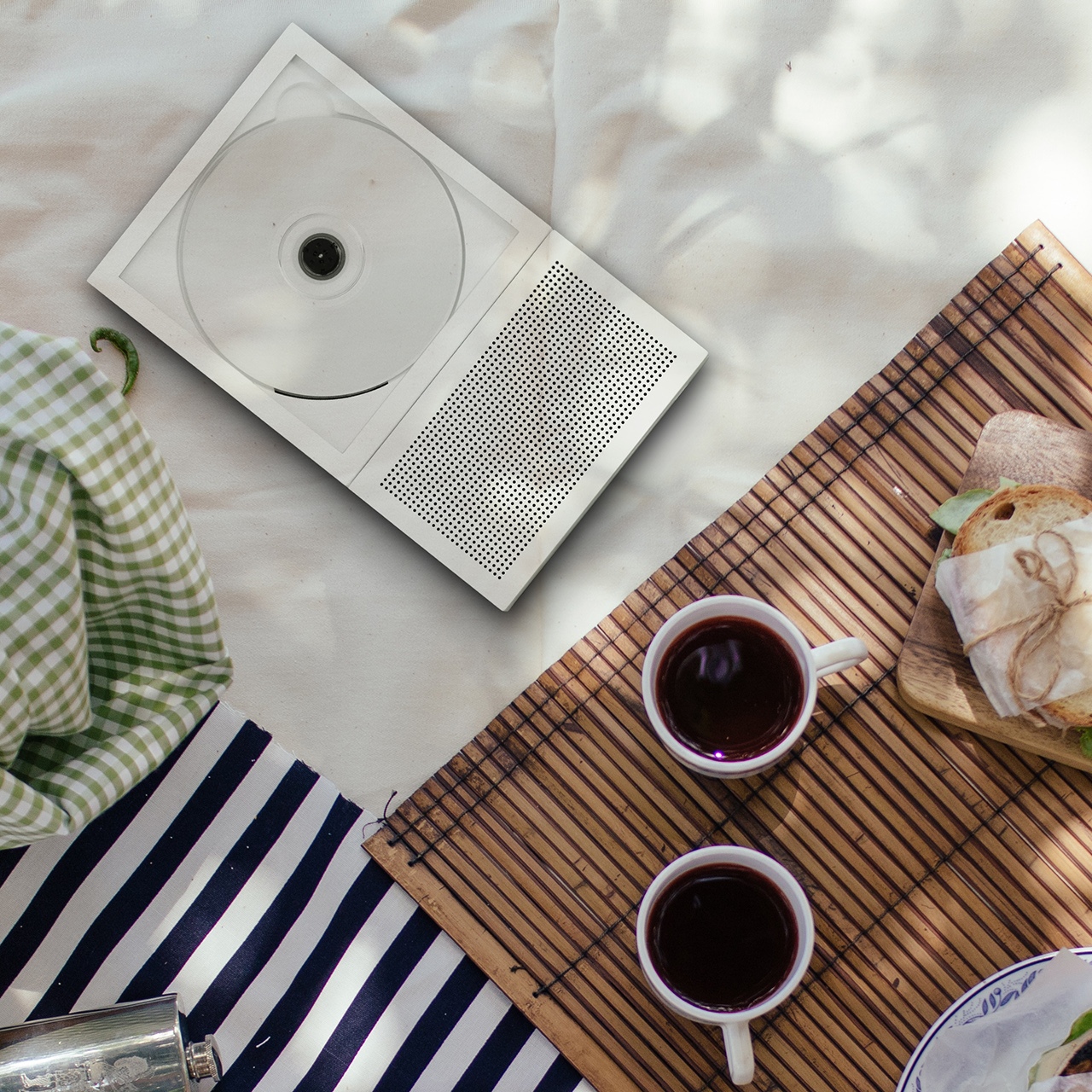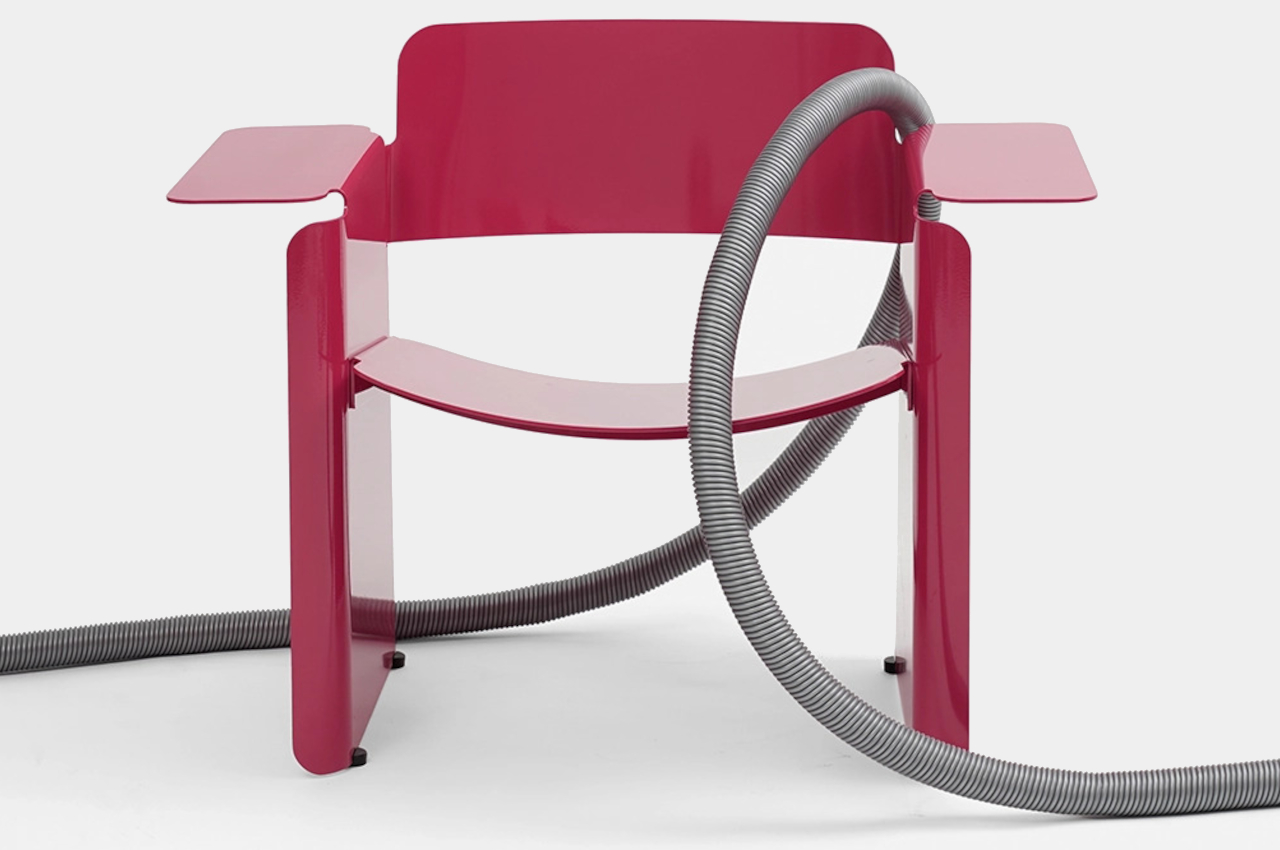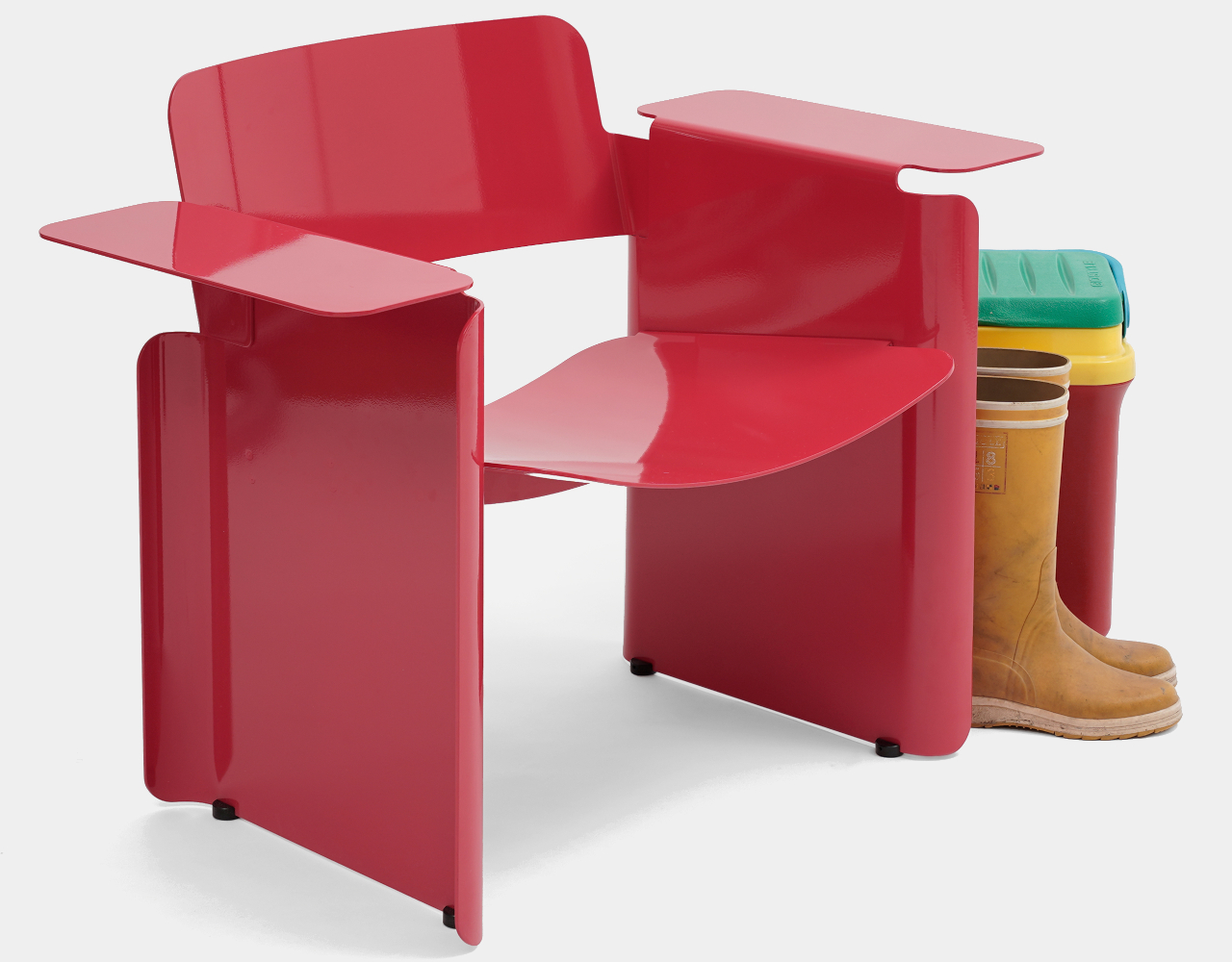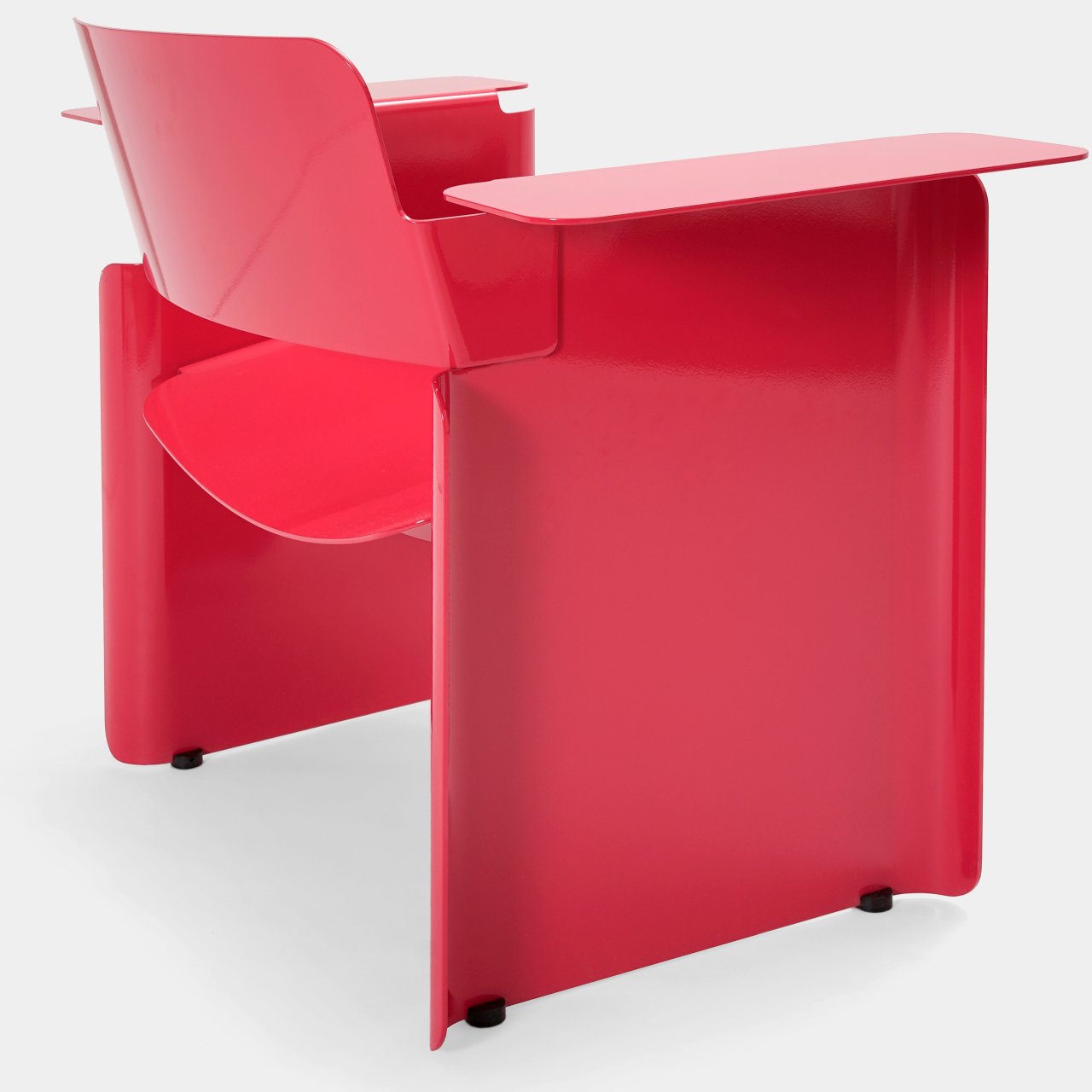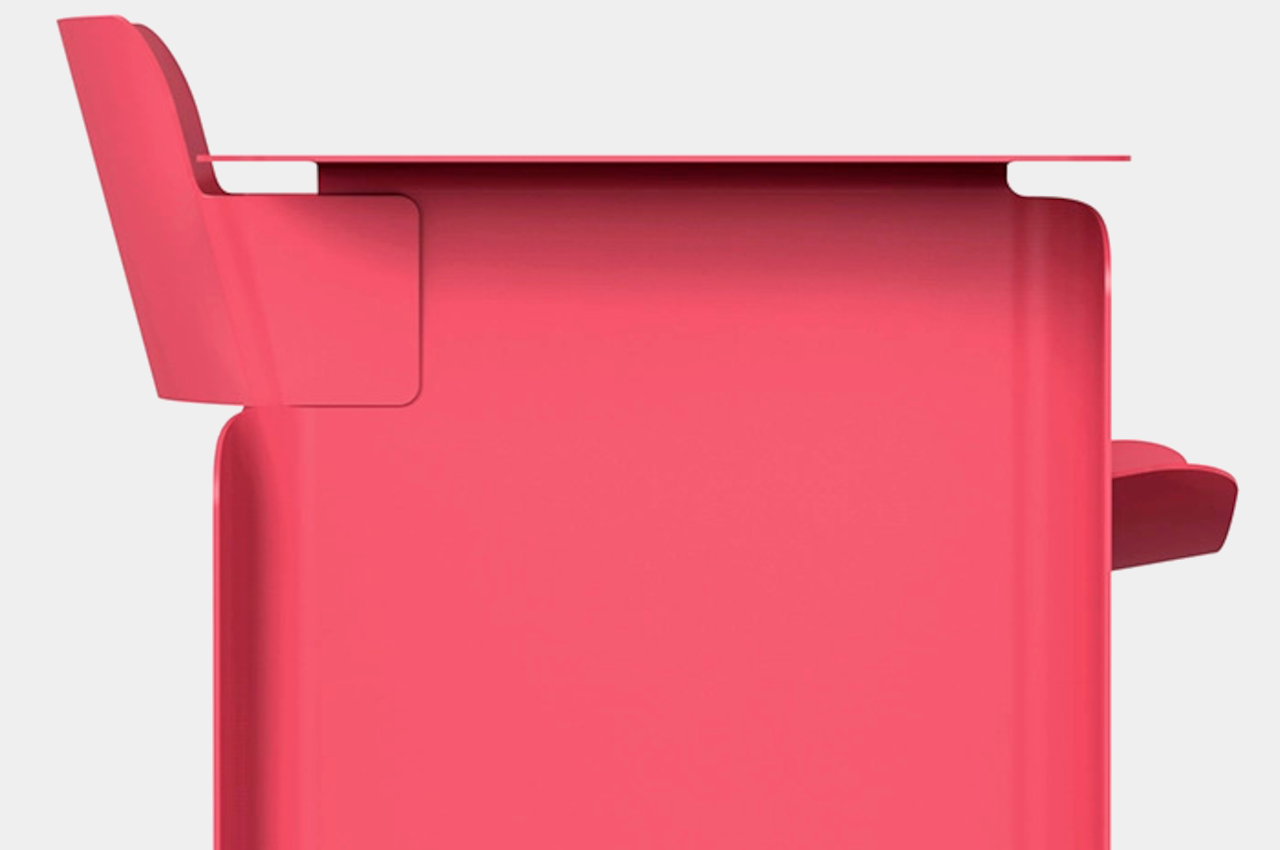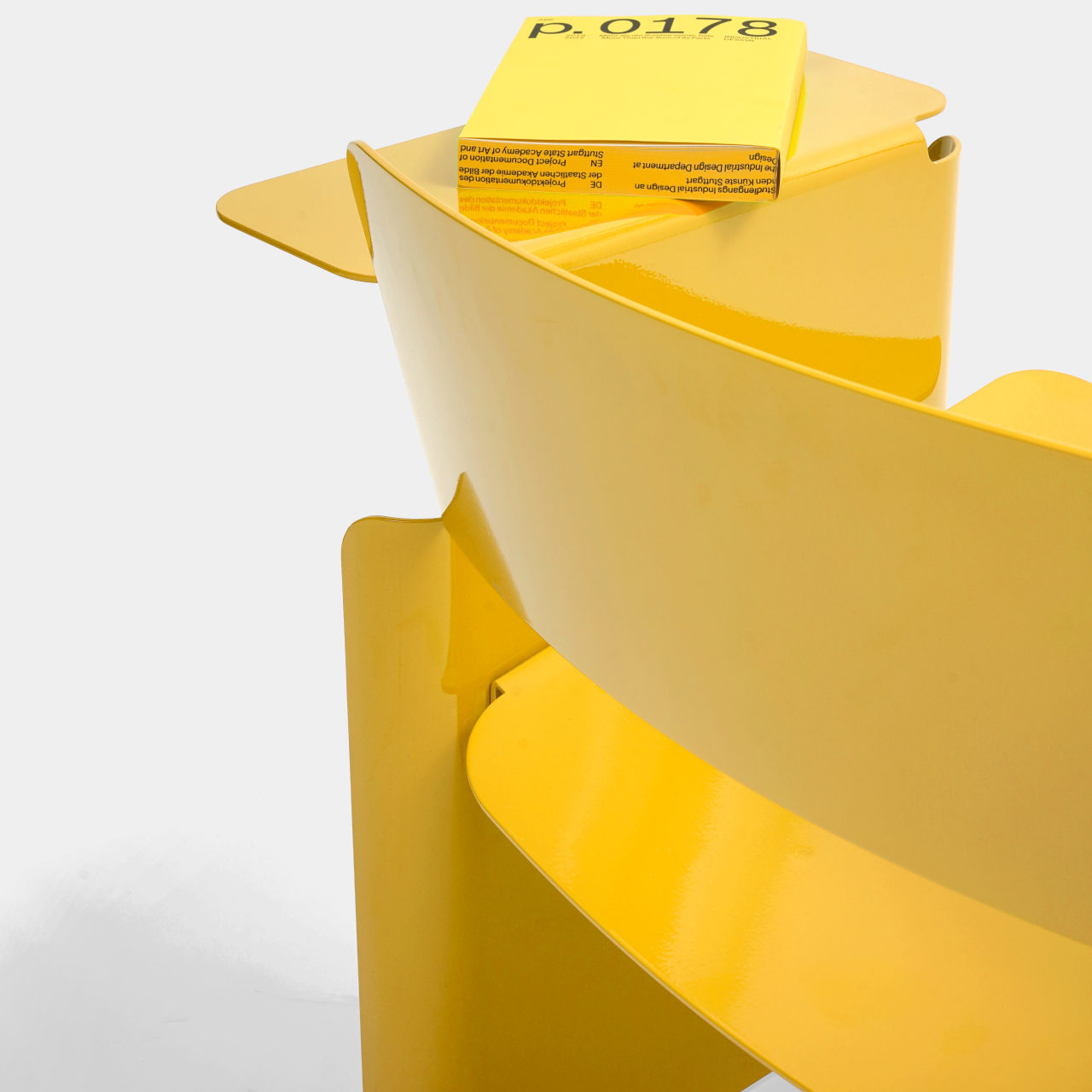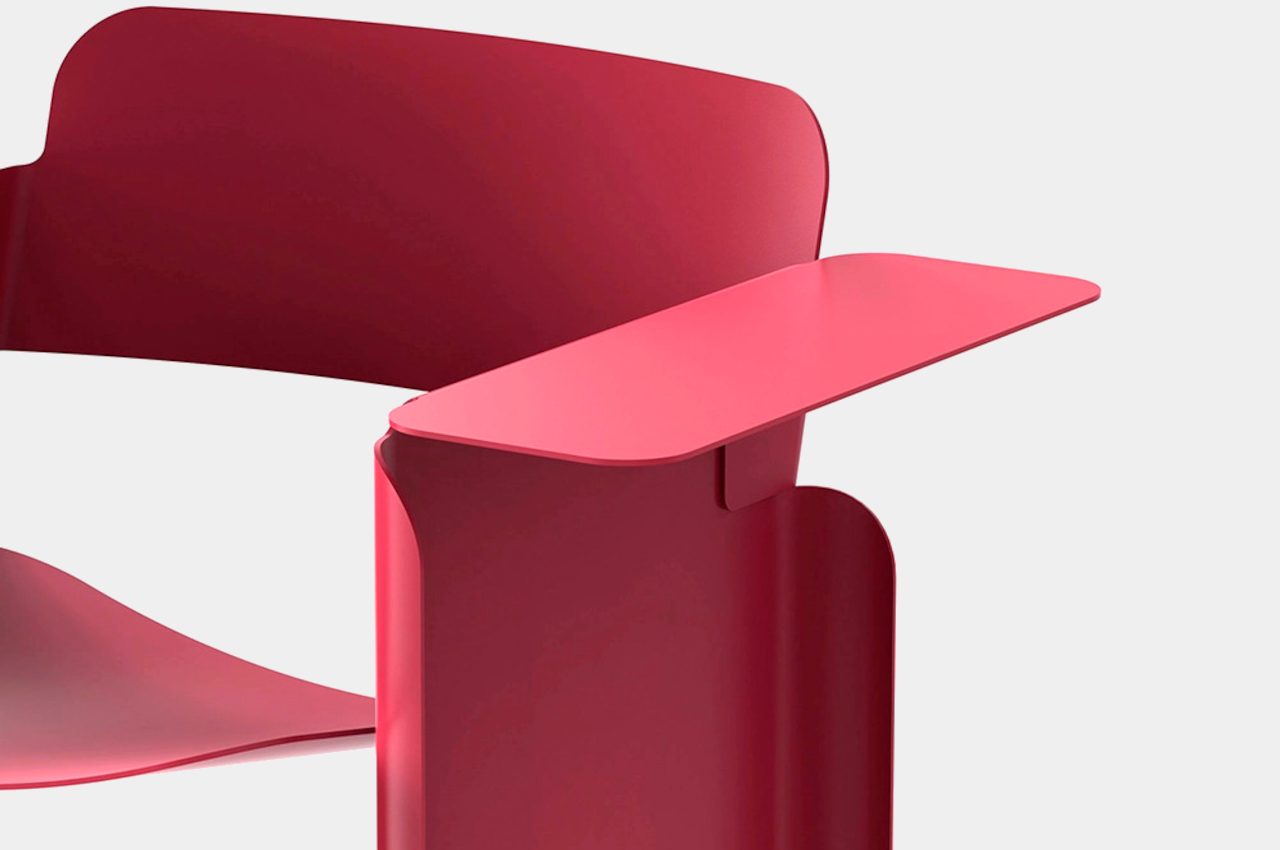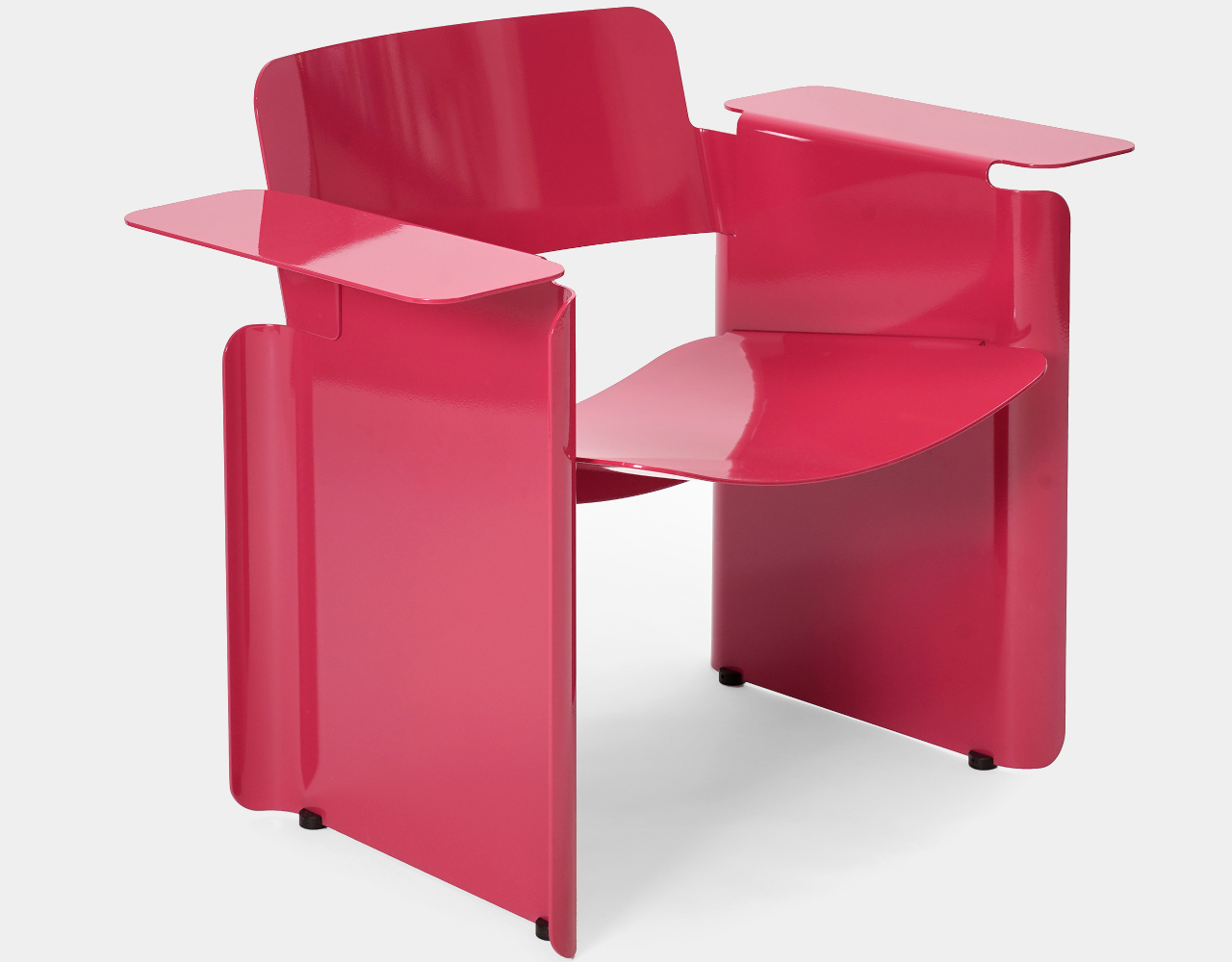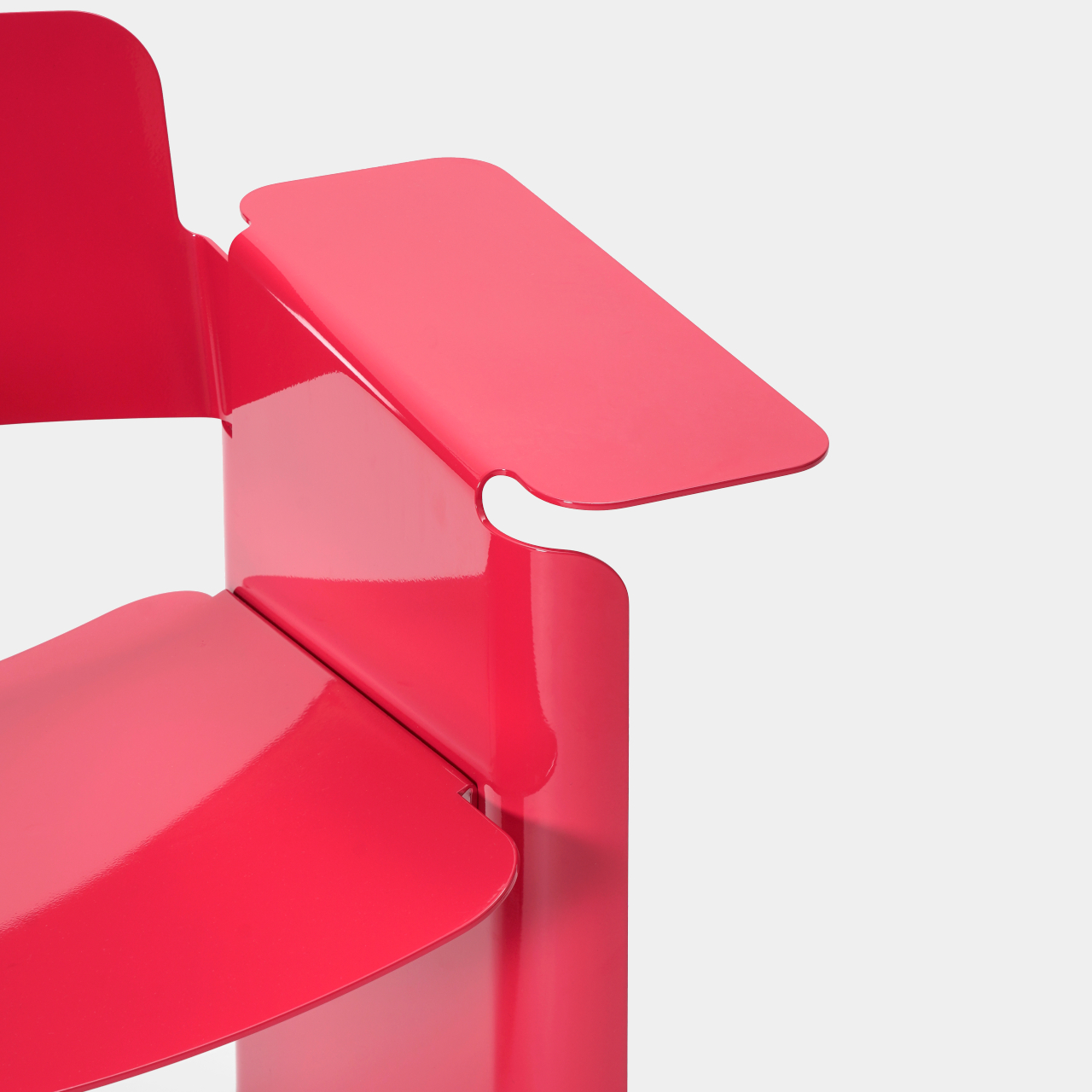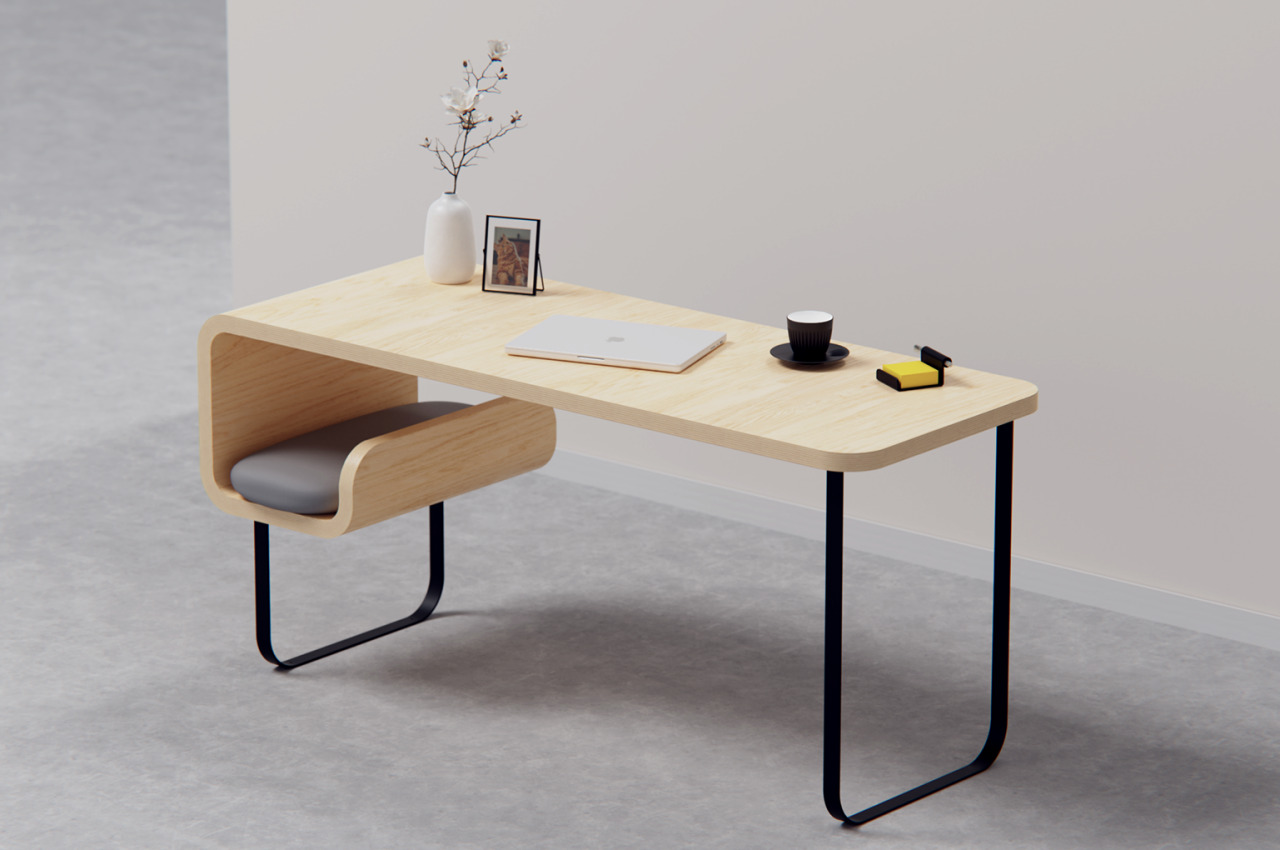
Our parents told us how keeping pets is a huge responsibility, and many of us probably took that advice for granted. Even as adults, we might sometimes have love-hate relationships with the furry members of our family, especially when they get in the way of work. That seems to be especially true for cats, who have a bewildering knack for sleeping on our desks when we need to get things done, even going as far as sleeping on top of keyboards while we’re still typing. Every feline owner knows there’s really no stopping these masters of flexibility when they put their minds to something, but it also helps to give them something more comfortable to lie on than your hands. That’s what this desk concept aims to offer, giving your cat some space to still be near you when you work but also some privacy to keep to itself, like what most cats often to do.
Designer: Liam de la Bedoyere
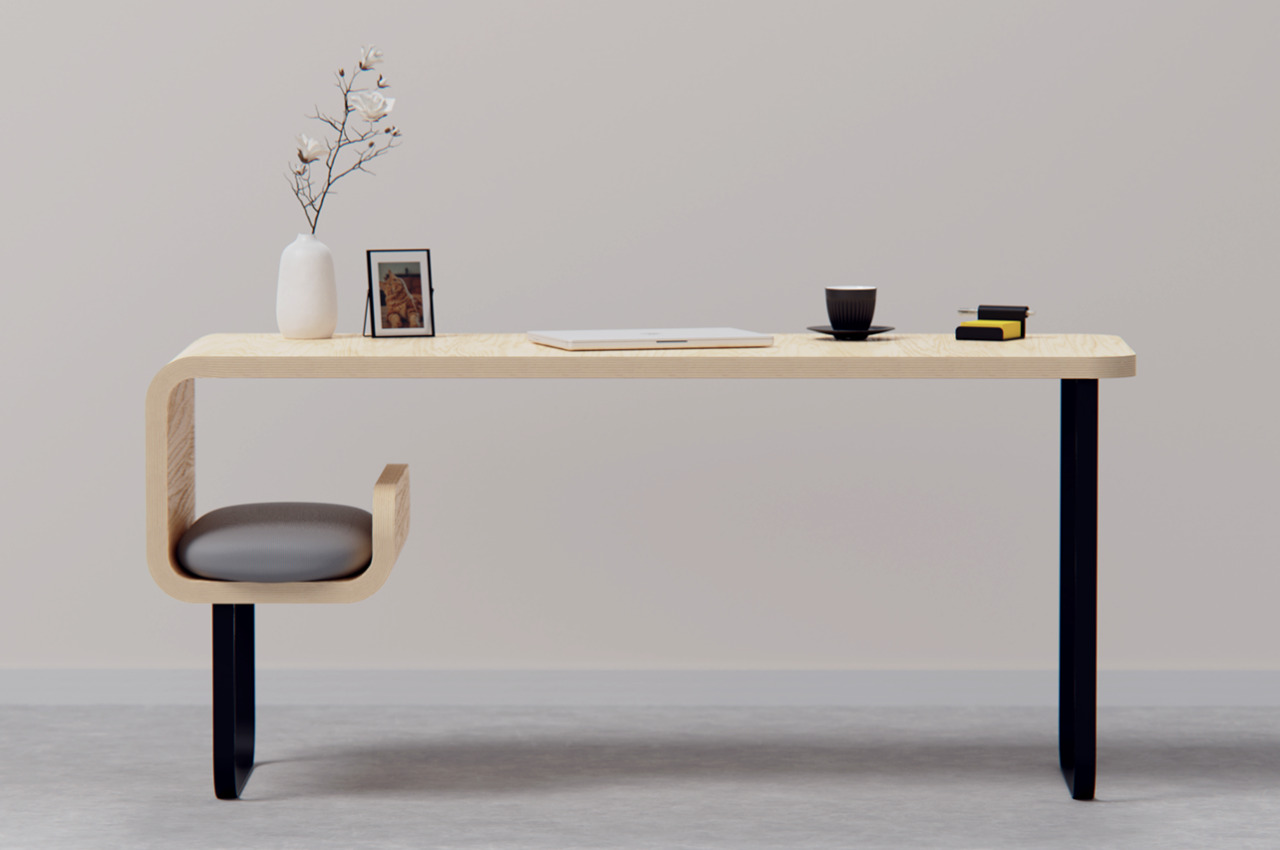
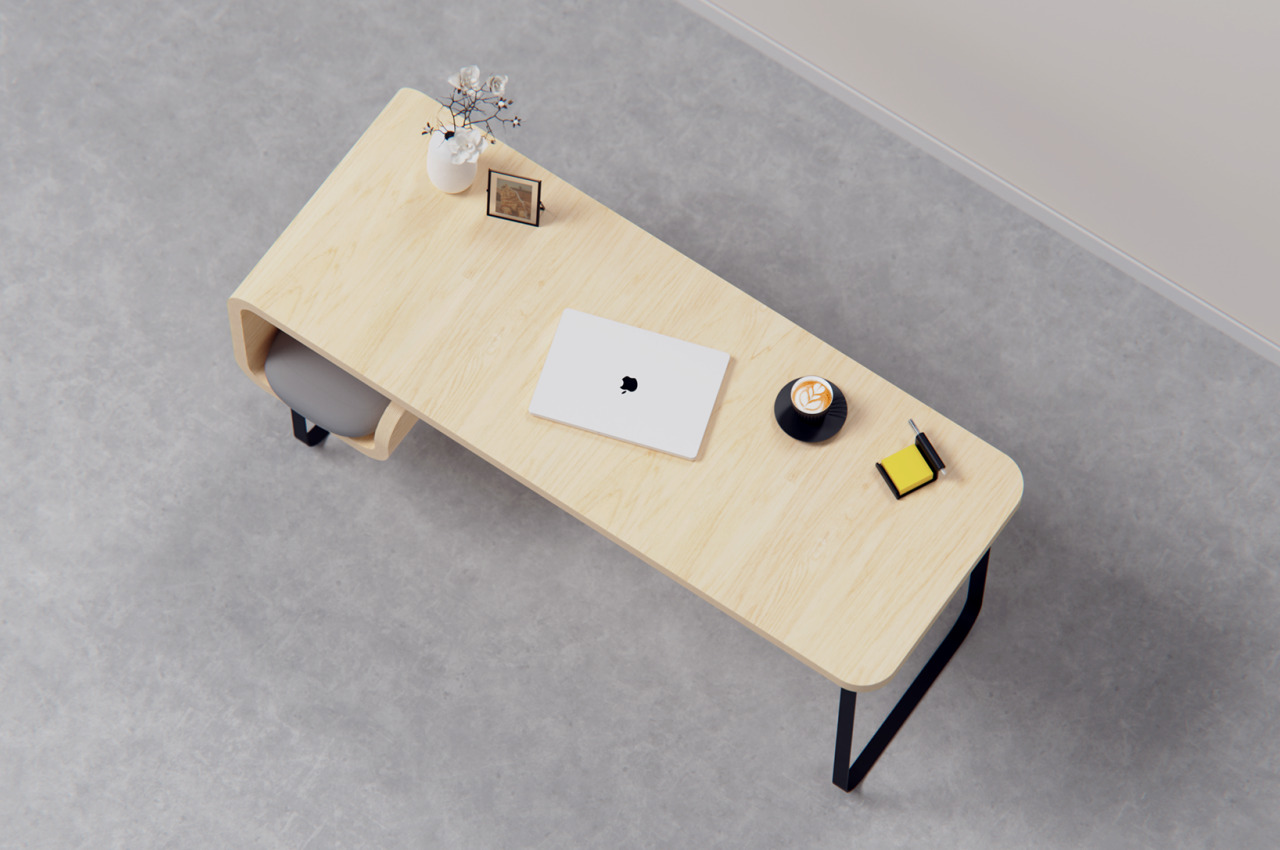
This wooden desk is minimalist almost in the extreme sense. It’s pretty much just a bent plank of wood standing U-shaped bent metal for legs. There are no compartments, hidden or otherwise; just a flat and open surface to put your things on. It forces you to be extra neat, or at least creative in how you decorate and place accessories to hold your work tools. Or perhaps it’s best to actually leave it bare without anything that your cat might topple over.
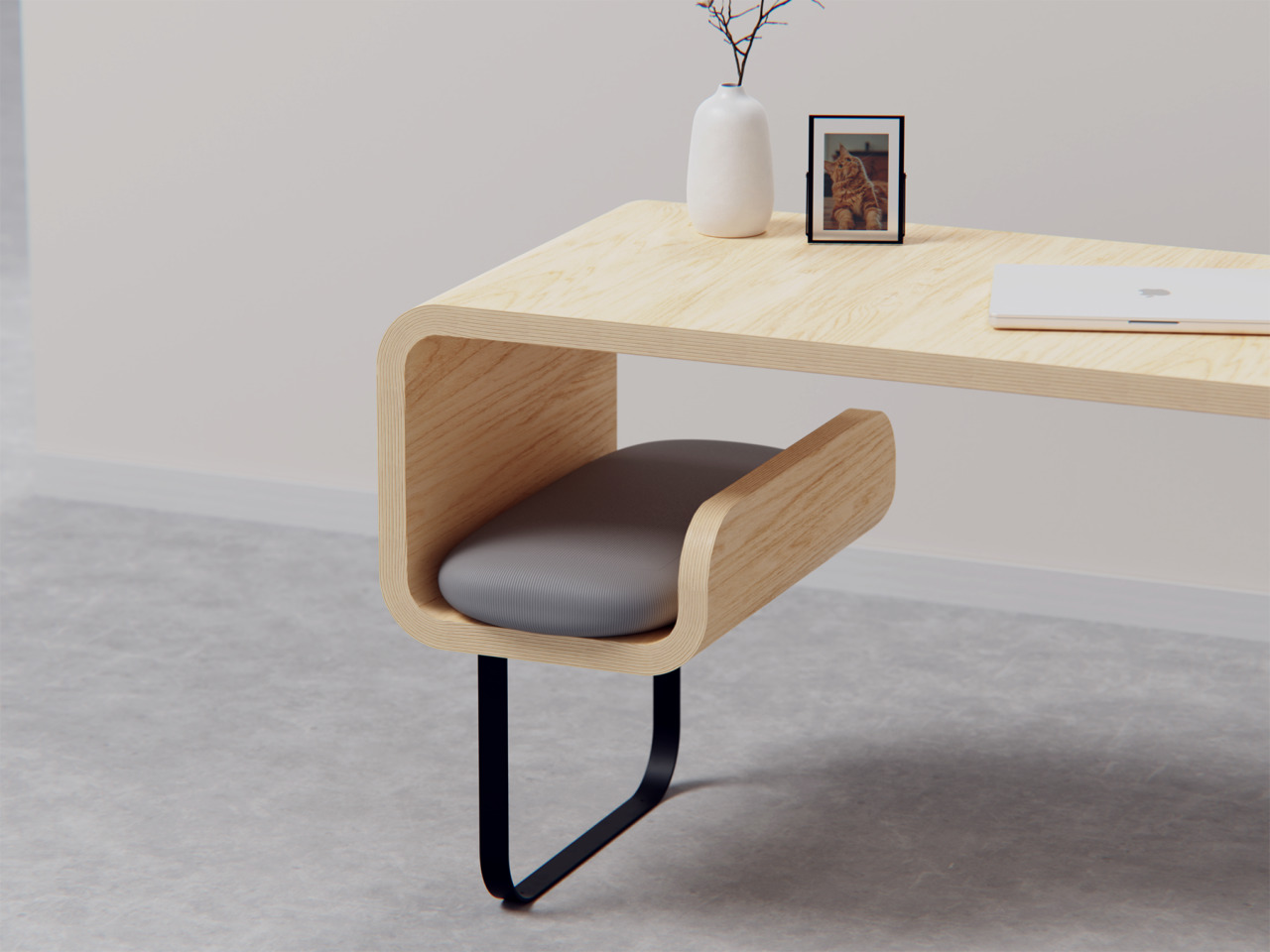
Of course, the signature feature of this concept is the small space or “cubby” designed especially for a cat. One side of the table bends inward to create a hook shape that’s probably just big enough for your average cat. That cubby has a pillow for their comfort, though the material for that cushion might be questionable. After all, cats are known to scratch so that pillow might not last that long.
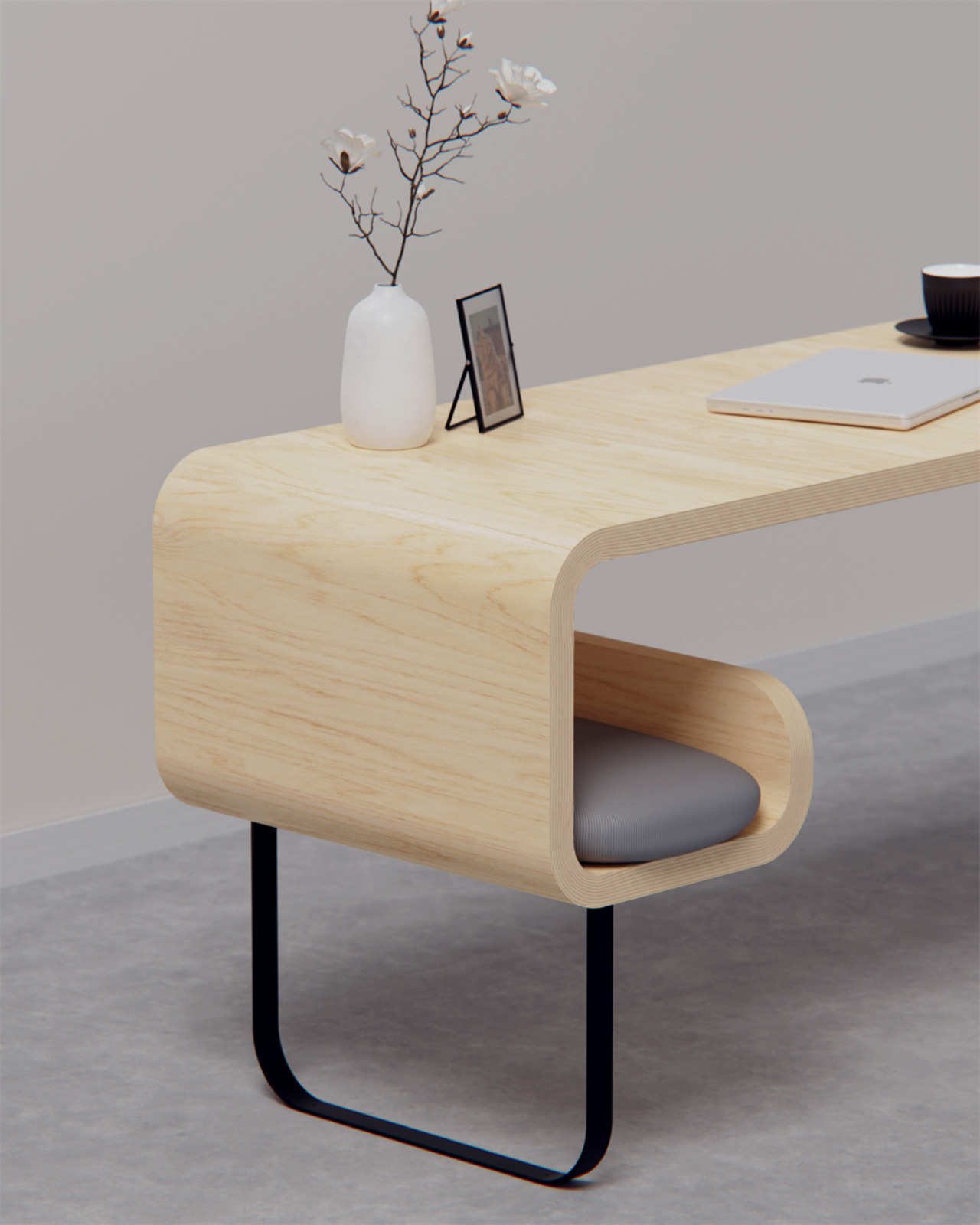
The Cat Cubby Desk tries to offer a comfy place for your cat to lie on without getting in the way of your work. Or at least that’s the goal. Whether or not your furry feline friend prefers to take that spot or, more likely, still lie on your keyboard will be totally up to your training and its mood. Given cats’ inclination to cram themselves in tight spaces, this does look like a very tempting location for them. And if your pet ends up ignoring it, you can always repurpose the cubby for other things, like as a space for books and folders. Hopefully, your cat won’t suddenly decide to jump in and knock all those off.

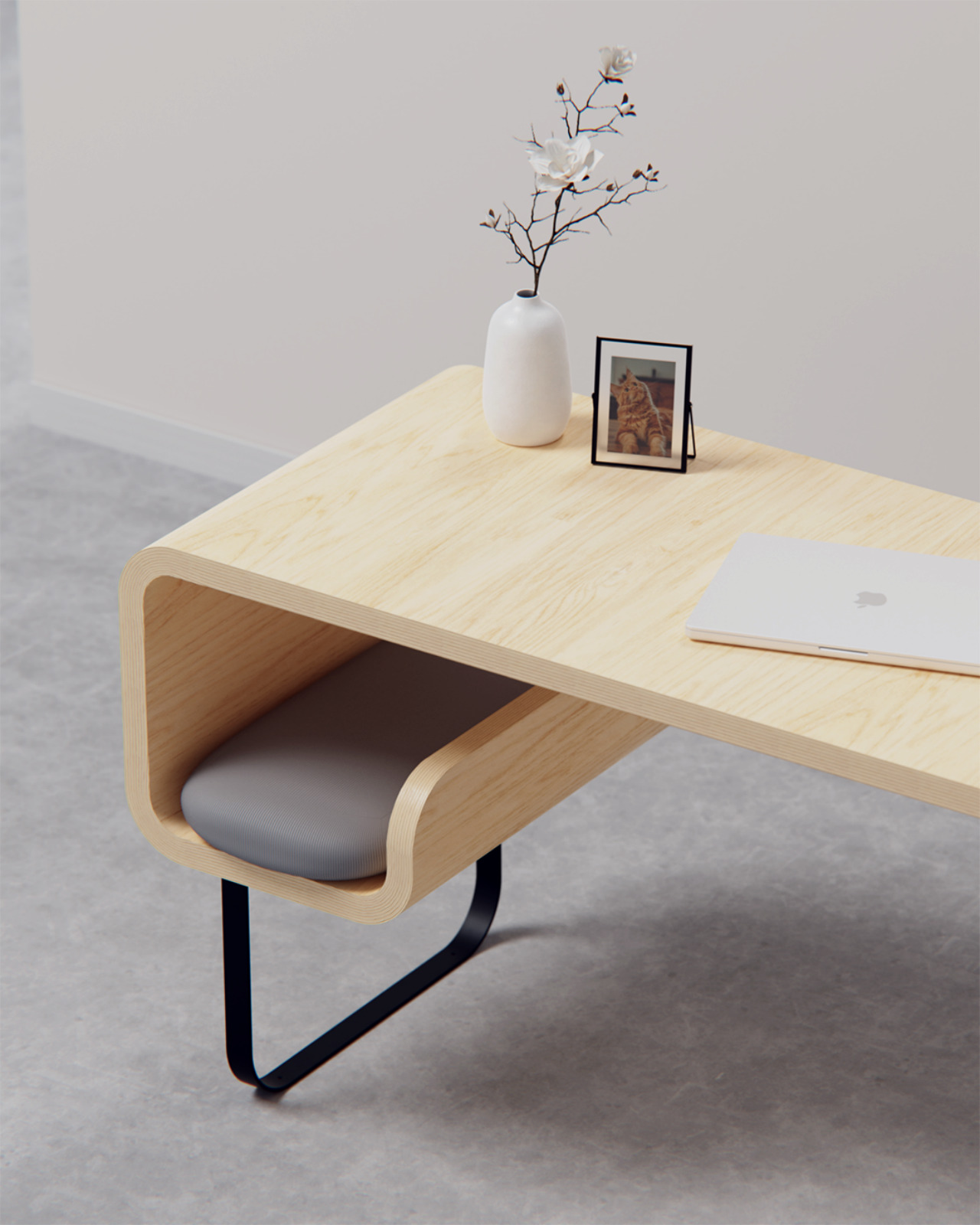
The post Minimalist desk concept has a special place for your cat to sleep in first appeared on Yanko Design.
